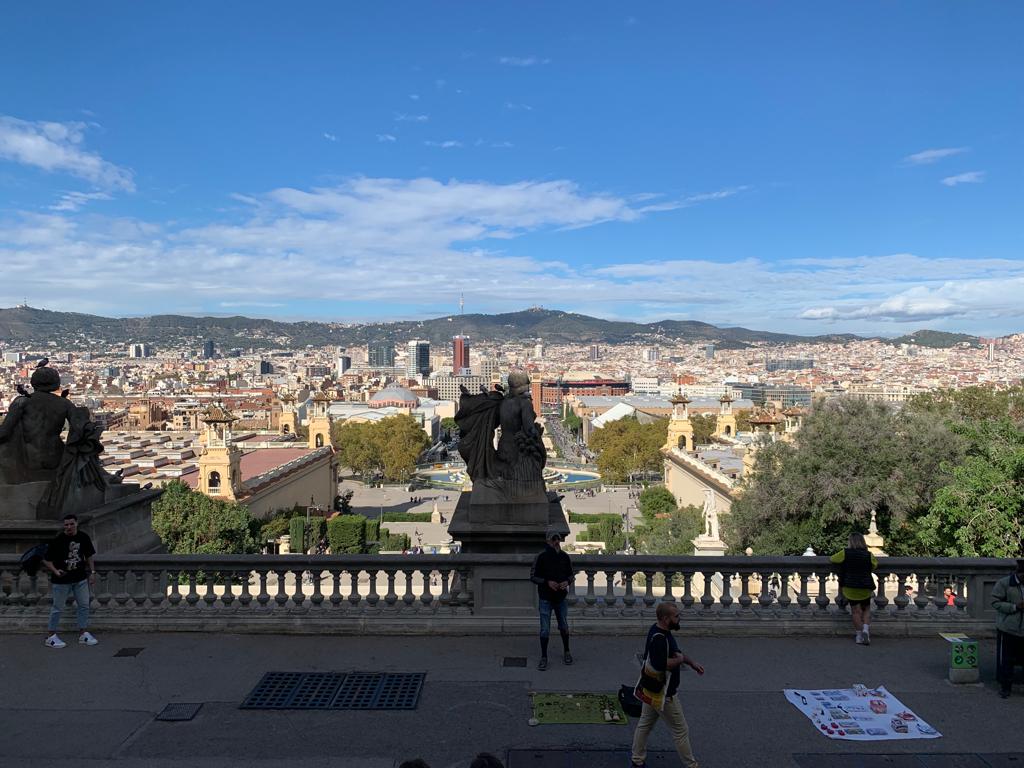Barcelona For Culture Lovers – A Long Weekend Guide
Barcelona makes for a lovely city break. With a well-defined Old Town, 19th Century suburbs full of interesting architecture, beaches, mountains and more, there’s something here for everyone, particularly if you like your culture mixed with beach bars and late night dinners.
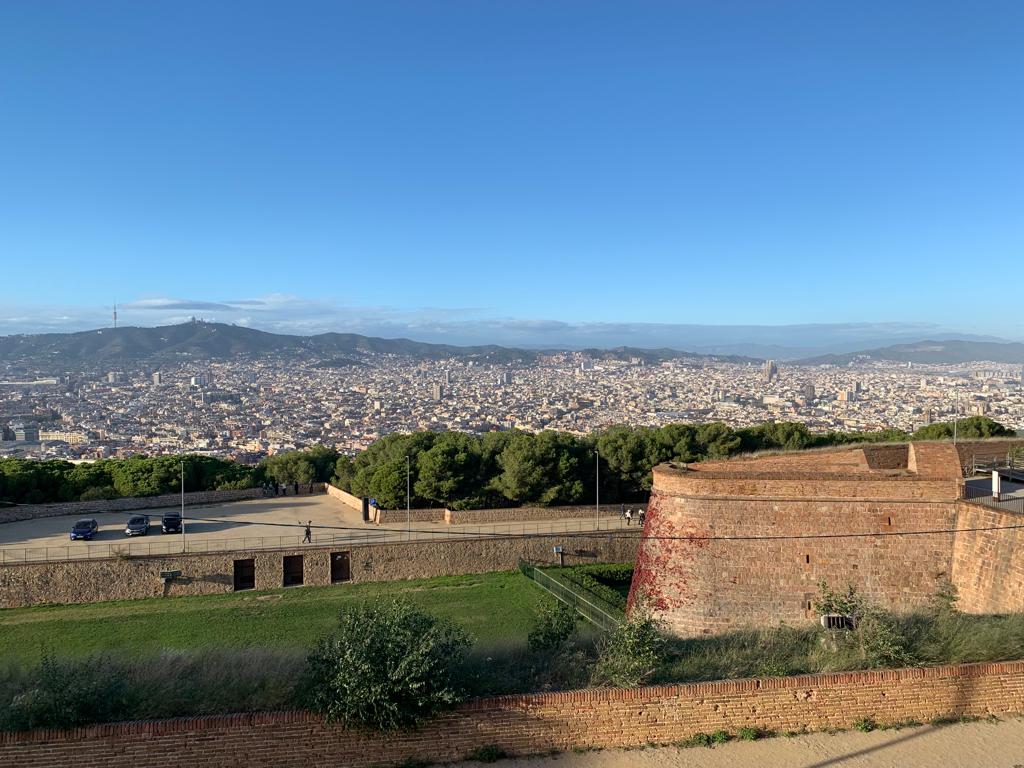
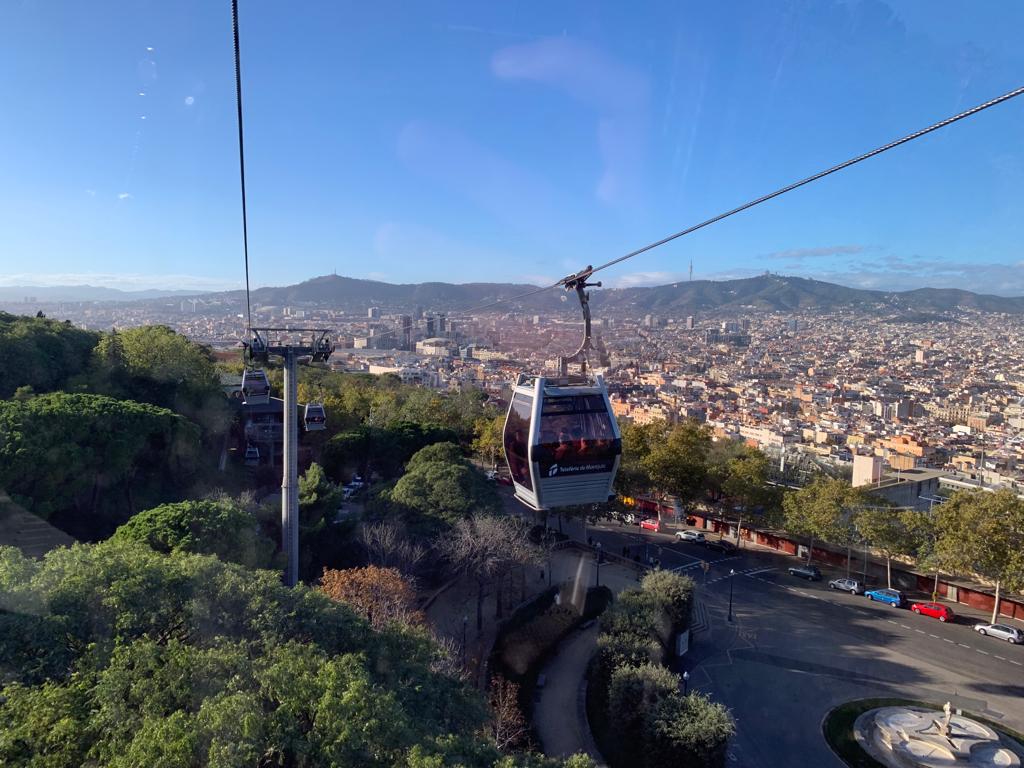
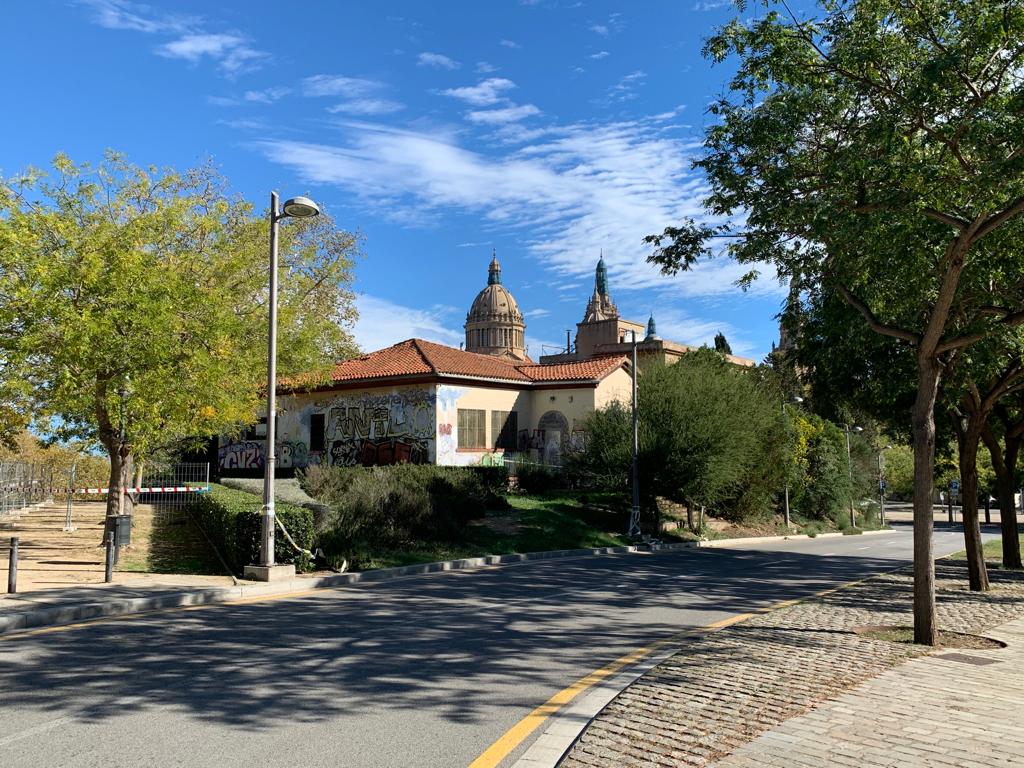
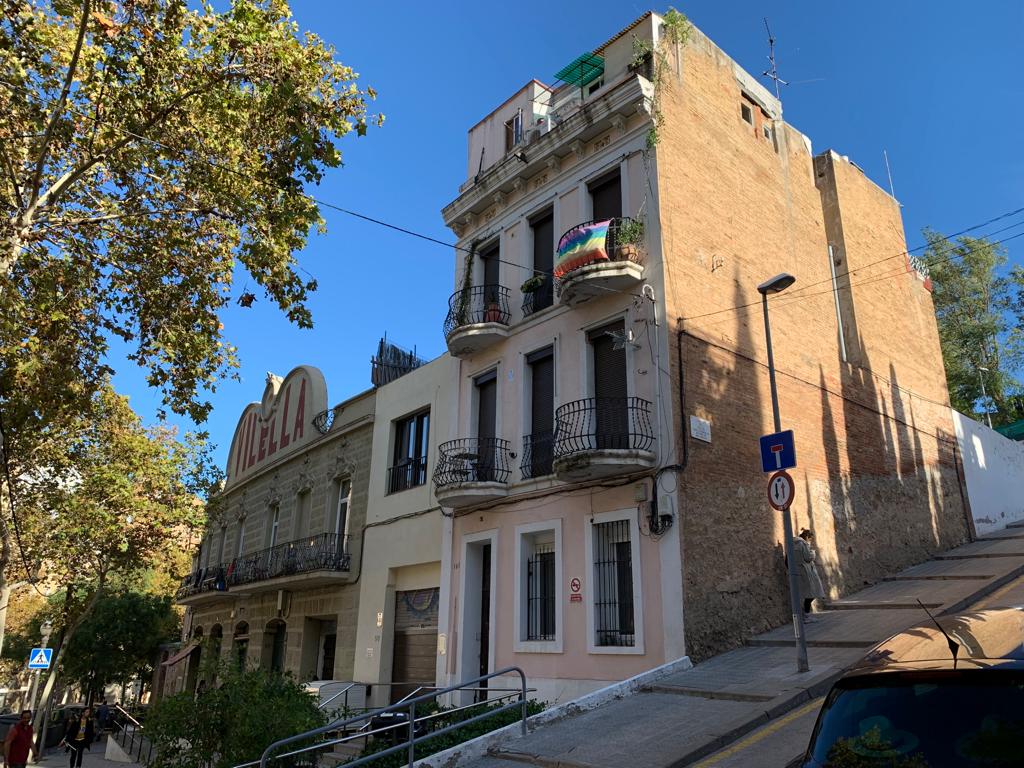
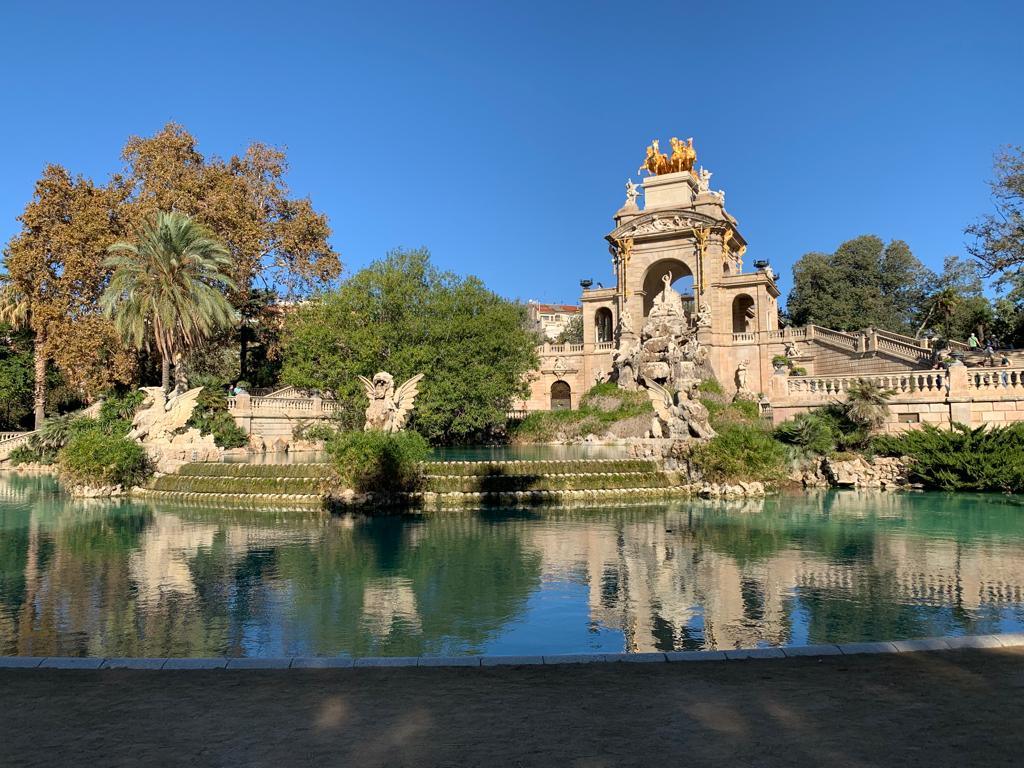
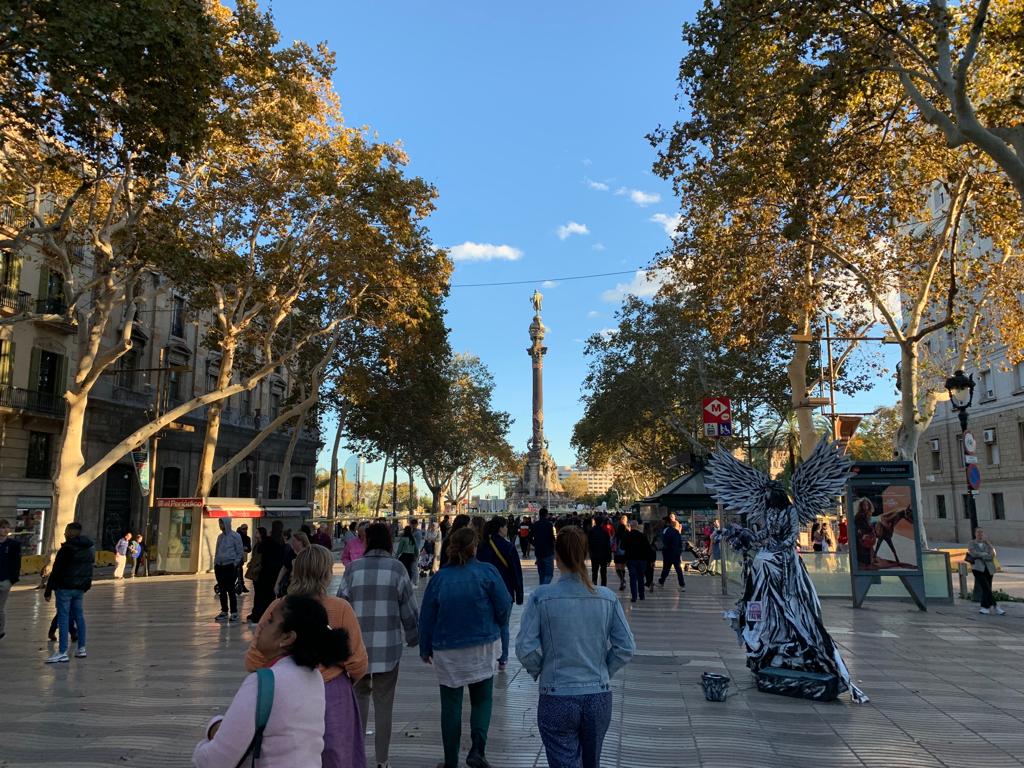
Barcelona For Culture Lovers: An Introduction
I recently had the opportunity of travelling to Barcelona for the very first time. Like some other trips I’ve done this was primarily for business, but with the option to tack on a little free time. I’m just focusing here on the leisure time, which I packed full of my usual mix of museums, historic places, other interesting spots, and food.
Barcelona divides itself quite nicely into neighbourhoods, which as a tourist is rather convenient. There is the Old Town, which in Barcelona is called the Barri Gòtic (Catalan) or Barrio Gótico (Castilian Spanish). This is where you find the cathedral, narrow streets, lovely squares, and tourist restaurants. Around the Barri Gòtic are the 19th Century suburbs: orderly city blocks with interesting architecture including the famous Sagrada Família. Or there is Montjuïc, a mountain with an interesting history which overlooks the city. My days in Barcelona divided themselves quite nicely into exploring these areas.
A few practicalities are perhaps in order before we jump into the detail. Firstly, let’s deal with safety and security. If you’re planning to go to Barcelona, you will undoubtedly have heard about high rates of street crime. And that is objectively the case: there are a lot of pickpockets about. I didn’t have any issues, but I was aware of it and kept my wits about me. I made sure my bag was always securely under my arm, didn’t keep any valuables in pockets, and didn’t take my phone out without first checking my surroundings. Actually, I felt relatively safe in the city at night as there are lots of people about, but I was approached a few times by people asking for money.
Other than that, Barcelona is an easy city to get around. Buy yourself a 10-trip public transport ticket: they are affordable and easy to use. And if you’re going around all the different neighbourhoods, you’ll want to use the metro and maybe a bus or two. More interesting transport options like the funicular and cable car on Montjuïc typically require separate tickets. Or there are plenty of cycle hire stations around.
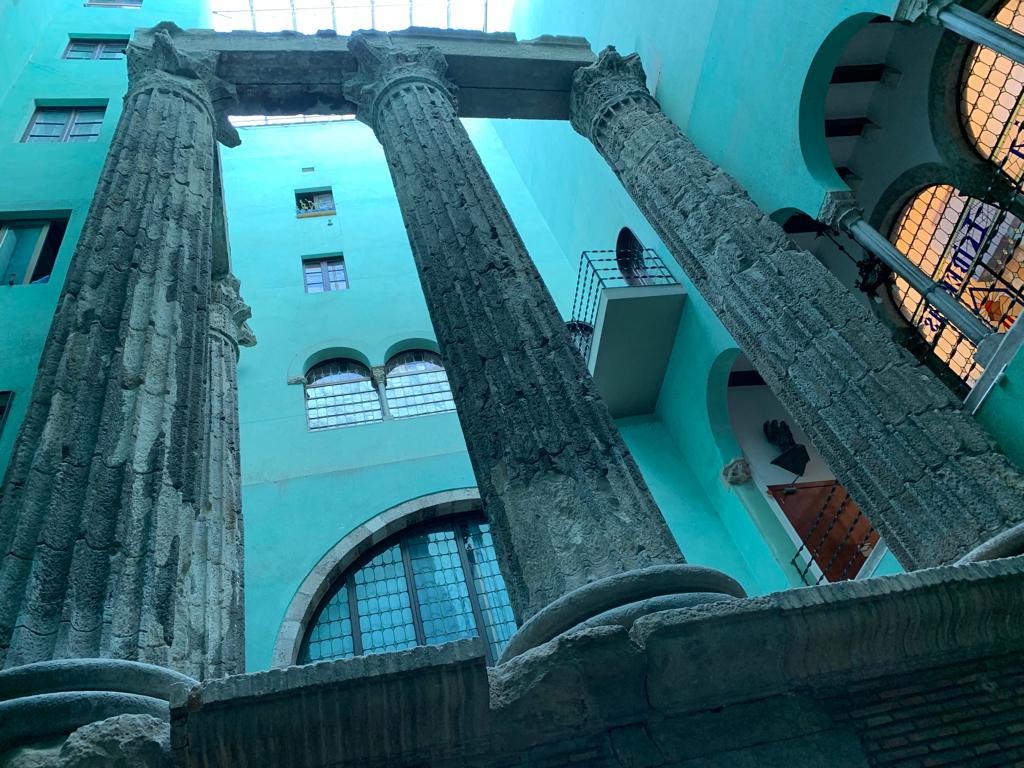
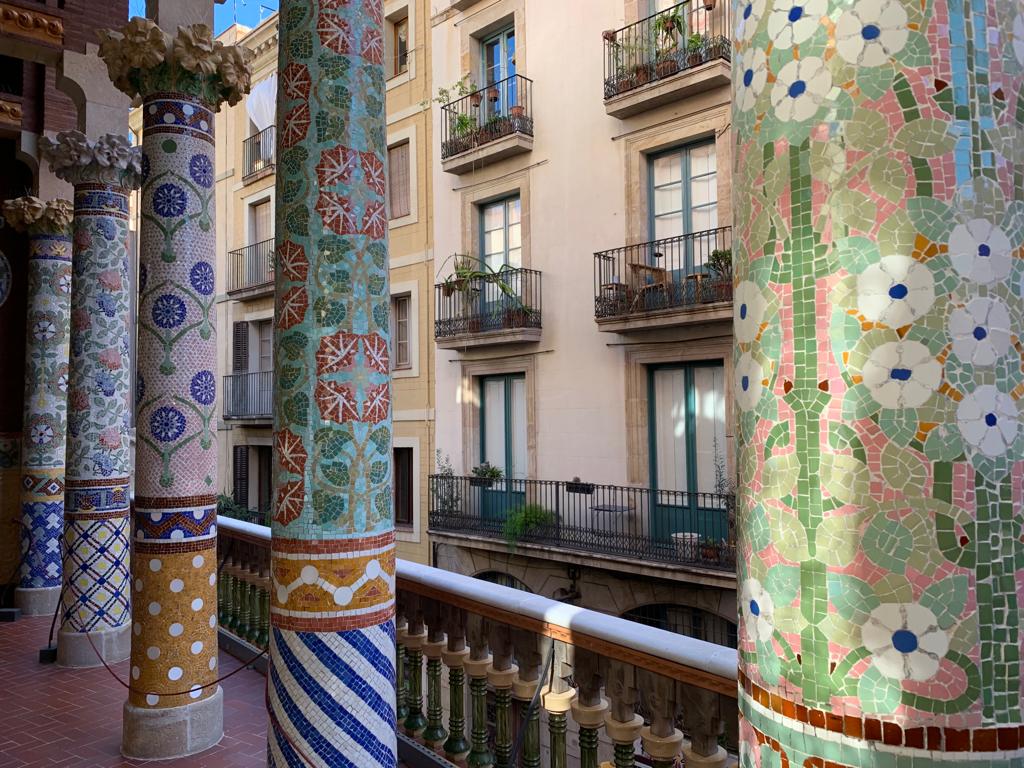
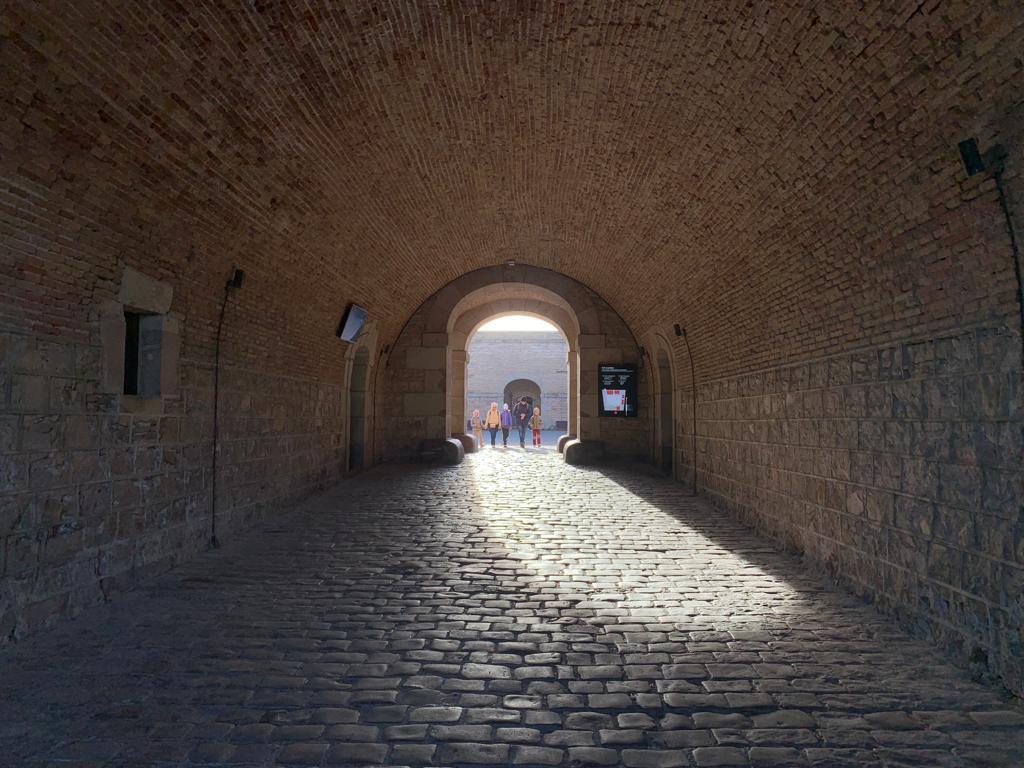
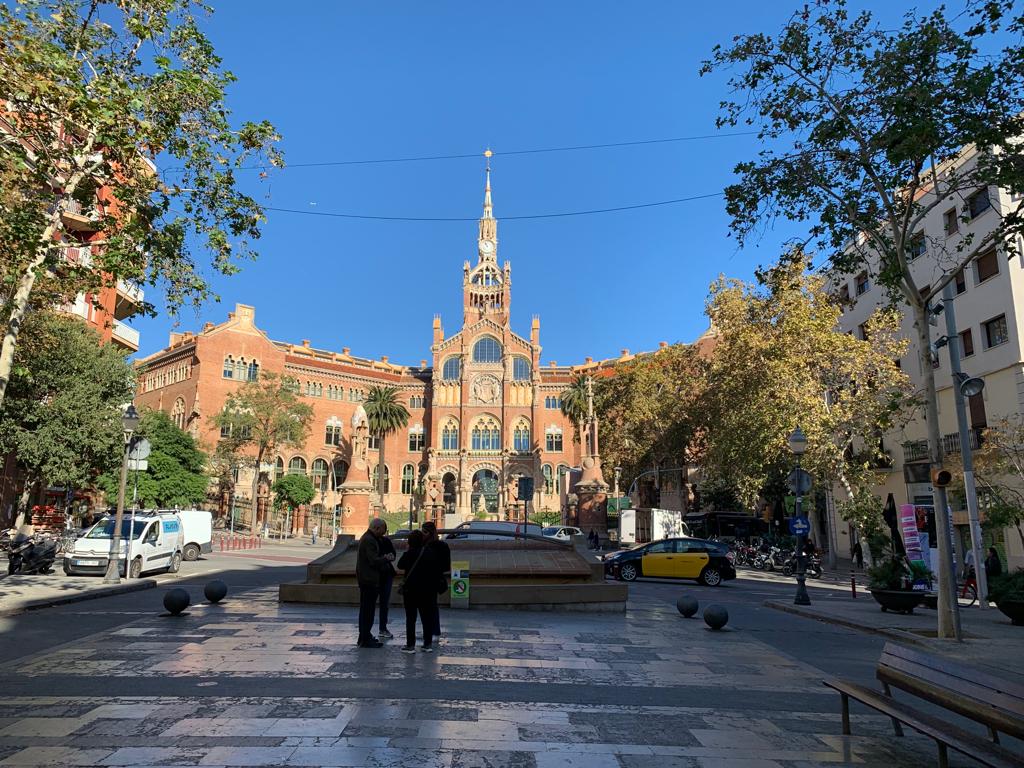
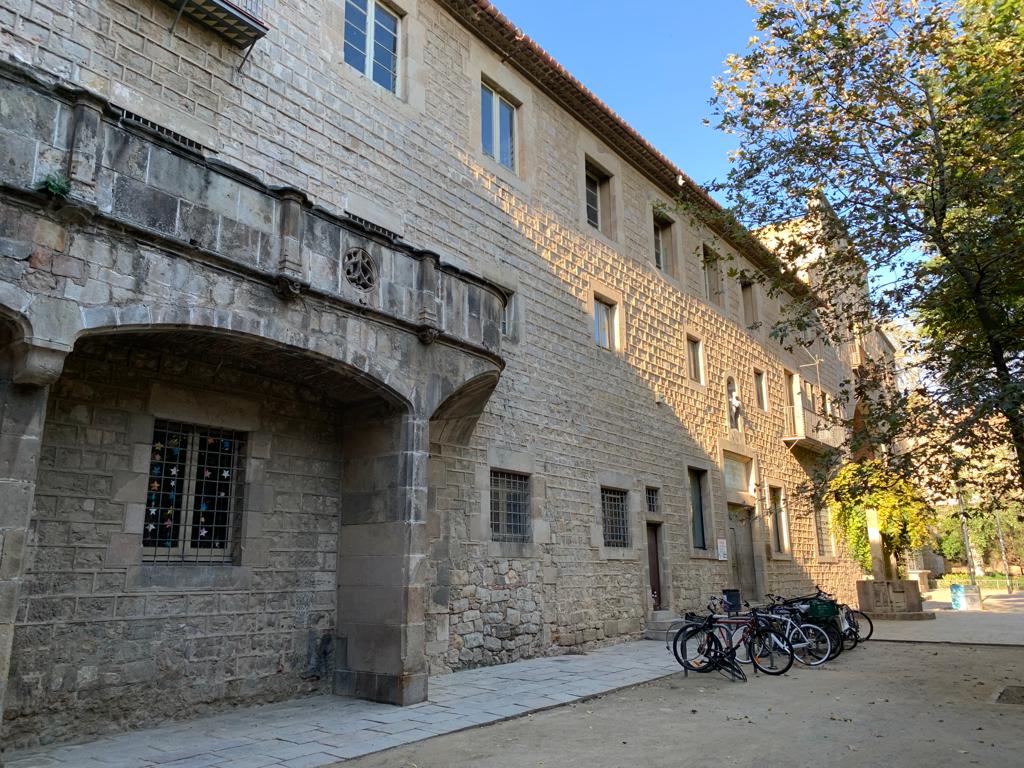
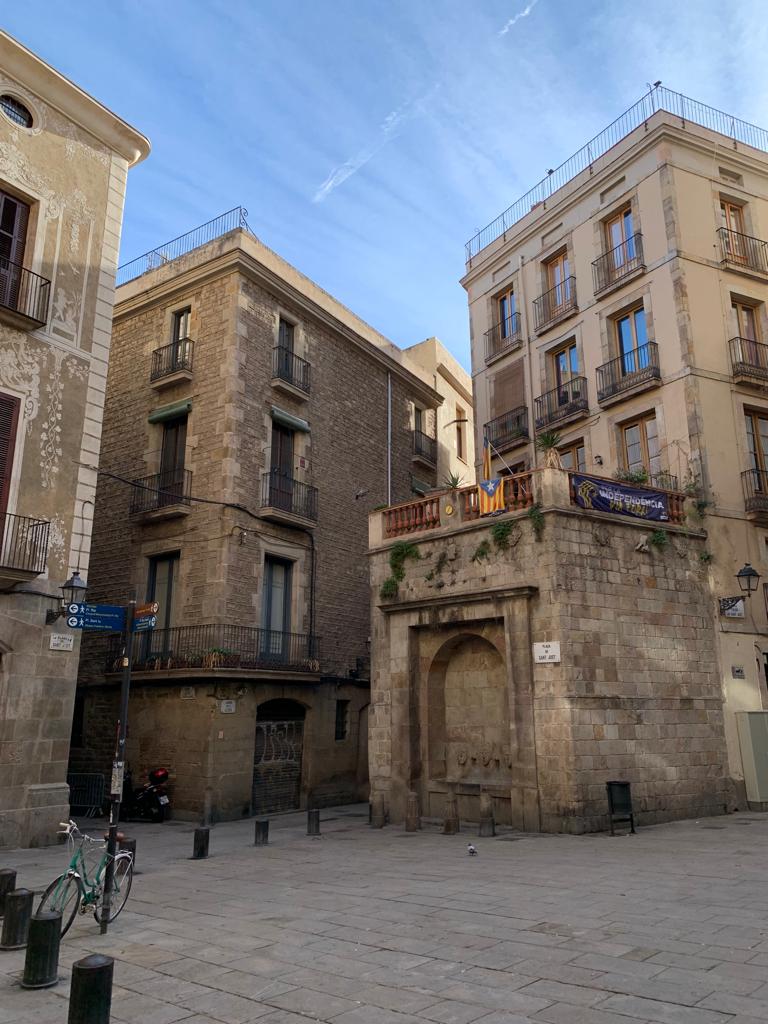
Barcelona: A Potted History
So that’s it for a brief introduction. Let’s jump right in now, starting with a quick history of the city and then looking at points of interest with a cultural focus.
The region around Barcelona has been inhabited since Prehistoric times, as numerous examples of cave art and burials attest. There is evidence of a settlement at Barcelona around 5,000 years ago. And we know that 2,000 years ago Barcelona was Barkeno, an Iberian village, and Montjuïc may have been settled as Laiesken. There was perhaps a small Greek colony in the vicinity too but that’s not certain.
As in so many places across Europe and further afield, things really took off under the Romans. This area was under Carthagian control which the Romans contested, declaring victory in 19 BC. They called Barcelona Barcino (full name Colonia Faventia Julia Augusta Pia Barcino), although it was a less important site for them than nearby Tarragona and Saragossa. The Romans created an orderly city (some of which can still be seen under today’s city streets) whose economy was based on agricultural produce and exporting wine.
After the Romans, Barcelona saw a number of populations come and go. It was Christian before the end of the Roman Empire, before becoming the court of Visigothic King Ataulf for a brief period before he was murdered by his own troops (it remained part of Visigoth territory for longer). There was a Jewish population (Montjuïc translates as ‘Jewish Mountain’), Moorish rule for around 85 years, Carolingians after that, before Barcelona transferred to the court of Aragon and then the Spanish Royal Court (with a brief Napoleonic period).
By the 19th Century, Barcelona was bursting at the seams. Its thick city walls, once an attractive quality, were hampering growth. Barcelona underwent an extraordinary programme of expansion, greatly increasing the city’s size through the orderly city blocks of the Eixample (‘Expansion’) district. We have the timing of this expansion to thank for the numerous Modernist and Art Nouveau buildings Barcelona is today famous for.
Compared to our recent visit to Budapest which today appears overwhelmingly 19th Century, Barcelona’s historic layers are much more evident. Visitors can experience Barcelona old and new, and a short diversion down an alleyway can reveal hidden treasures like the Roman columns of the Temple of Augustus. On that note, let’s get exploring!
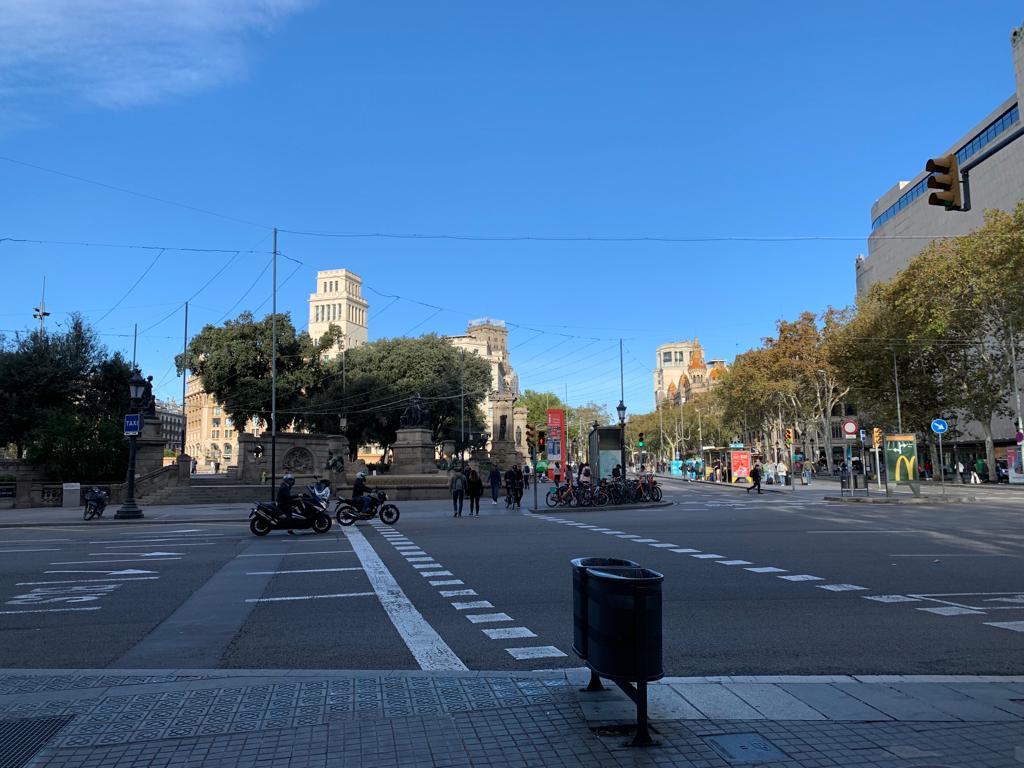
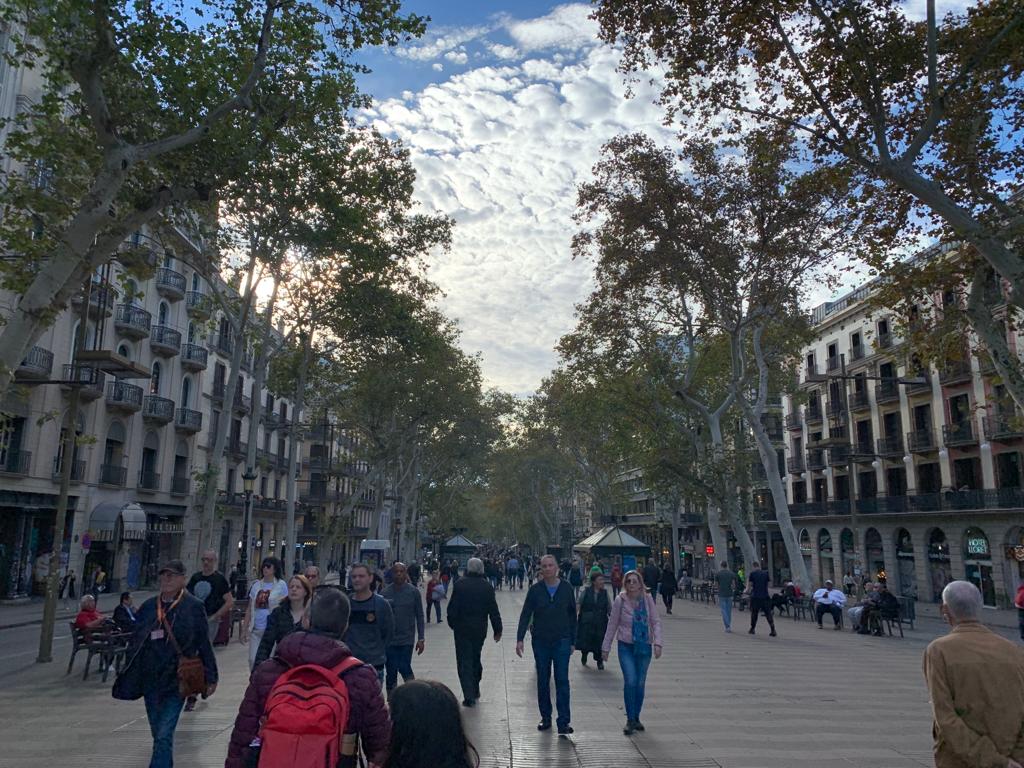
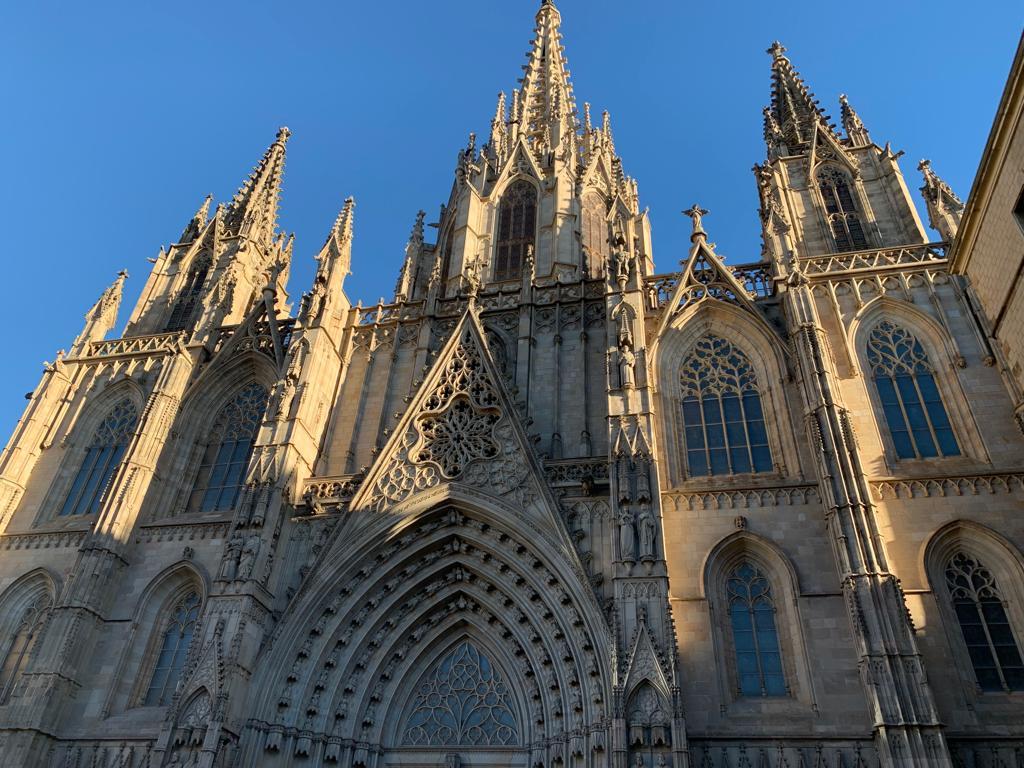
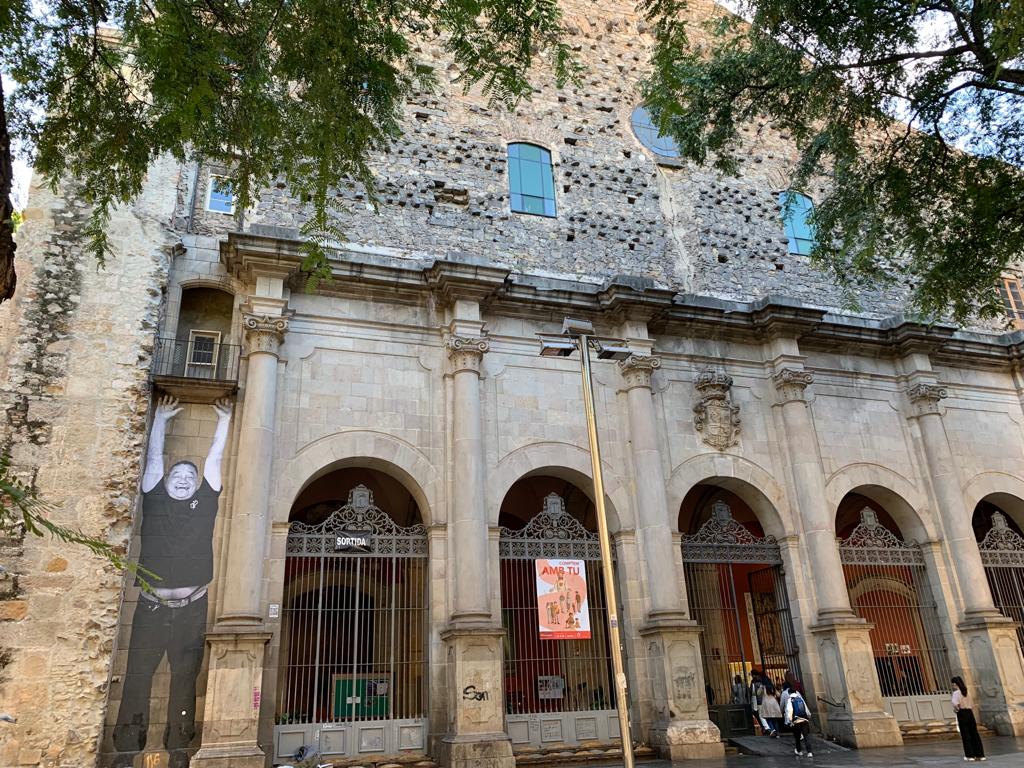
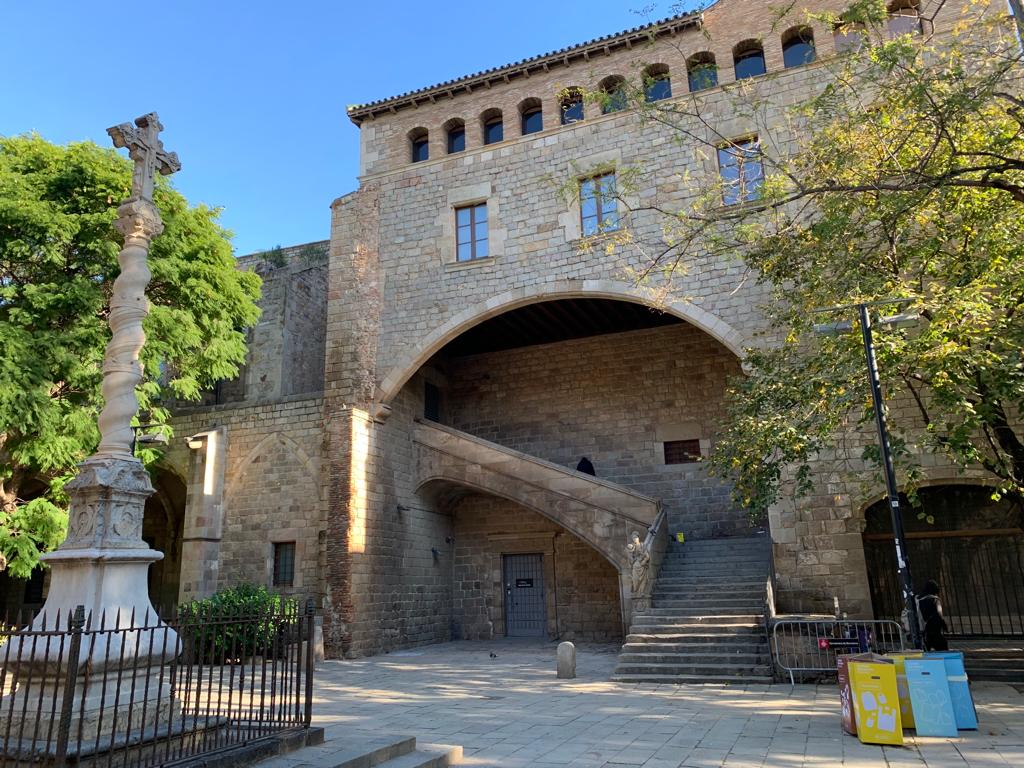
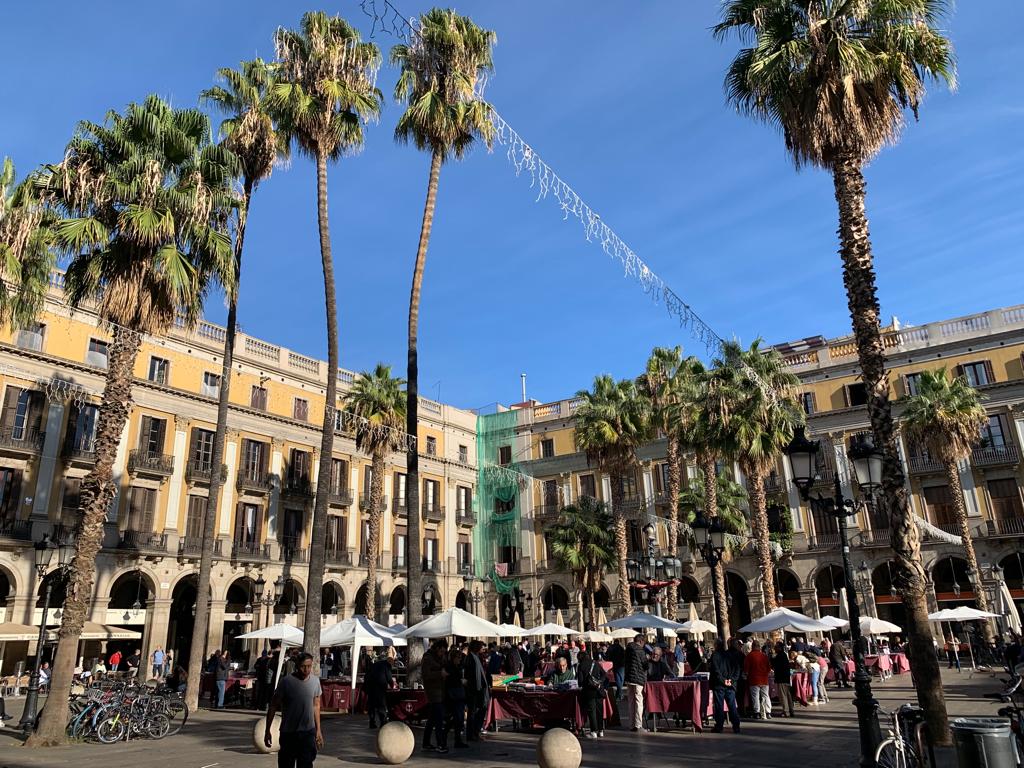
Barri Gòtic And La Rambla
You may have heard already of La Rambla, Barcelona’s famous promenade. Its long, straight aspect may lead you to believe it’s part of the city’s modern expansion, but it’s actually much older. In fact, the name of La Rambla is one of the few vestiges of the period of Muslim rule in Barcelona. Ramla means sandy riverbed, and that’s just how La Rambla started life. Today it’s a vibrant, semi-pedestrianised boulevard, informally separated into sections with different focuses (like plant stalls). It’s full of tourist traps (and watch out for pickpockets here) but is lively and entertaining. If you walk the full length from Plaça de Catalunya you will end up at a monument to Columbus – normally a viewpoint but seemed to be closed for repairs when I visited.
On to the Barri Gòtic proper, then. Barcelona’s Gothic Quarter has a different feel to the rest of the city. It has small, winding streets, lovely enclosed squares, and historic buildings everywhere you turn. Like many medieval cities, the Cathedral is a focal point. There are various ticket options for visitors, but the main one includes a smartphone guide, a visit to the roof (underwhelming) and a VR experience (pretty cool). Don’t miss the geese in the courtyard, a link to local Saint Eulalia.
Elsewhere in the Barri Gòtic there are numerous historic buildings and churches to admire. I liked the old hospital buildings (ok, technically outside the city walls). And the church of Santa Maria del Pi is also worth a visit. A fire which consumed all the later trappings has actually done visitors the favour of revealing pure Catalan Gothic architecture.
Don’t forget to make the most of the Barri Gòtic’s lovely squares. The Plaça Sant Jaume (at one time the Roman forum) is more business than pleasure. But there are some splendid spots for a drink or a bite to eat in the Plaça Reial, or millennia of history in the Plaça del Rei. Take your time exploring, and don’t forget to look up at the buildings around you.
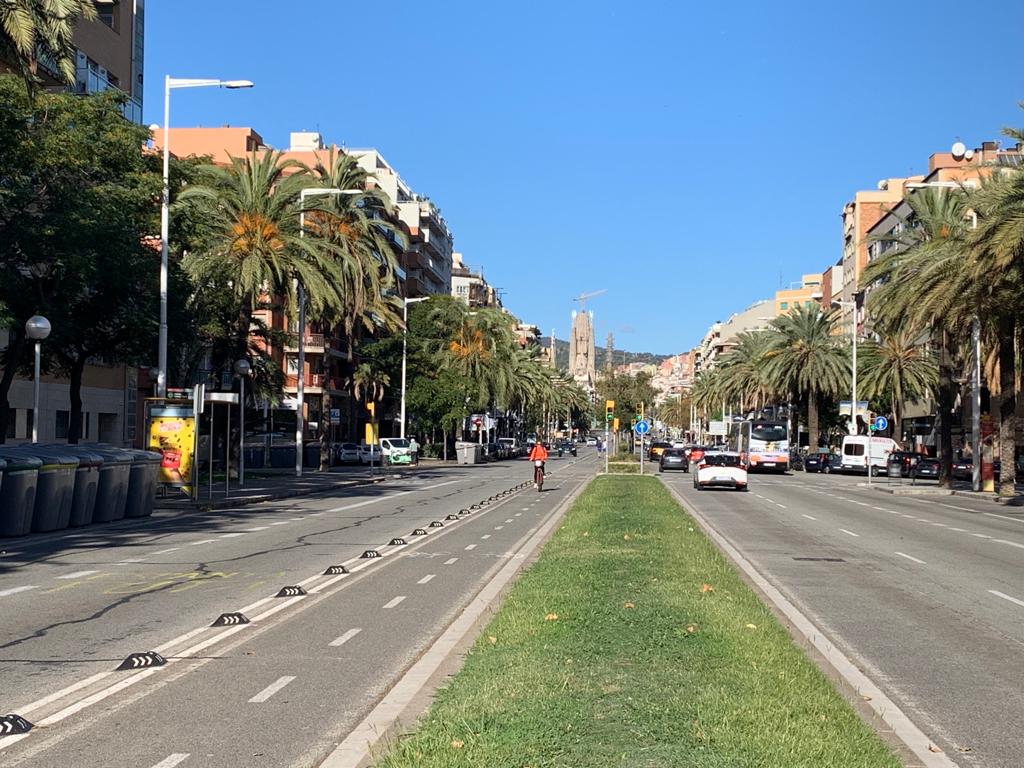
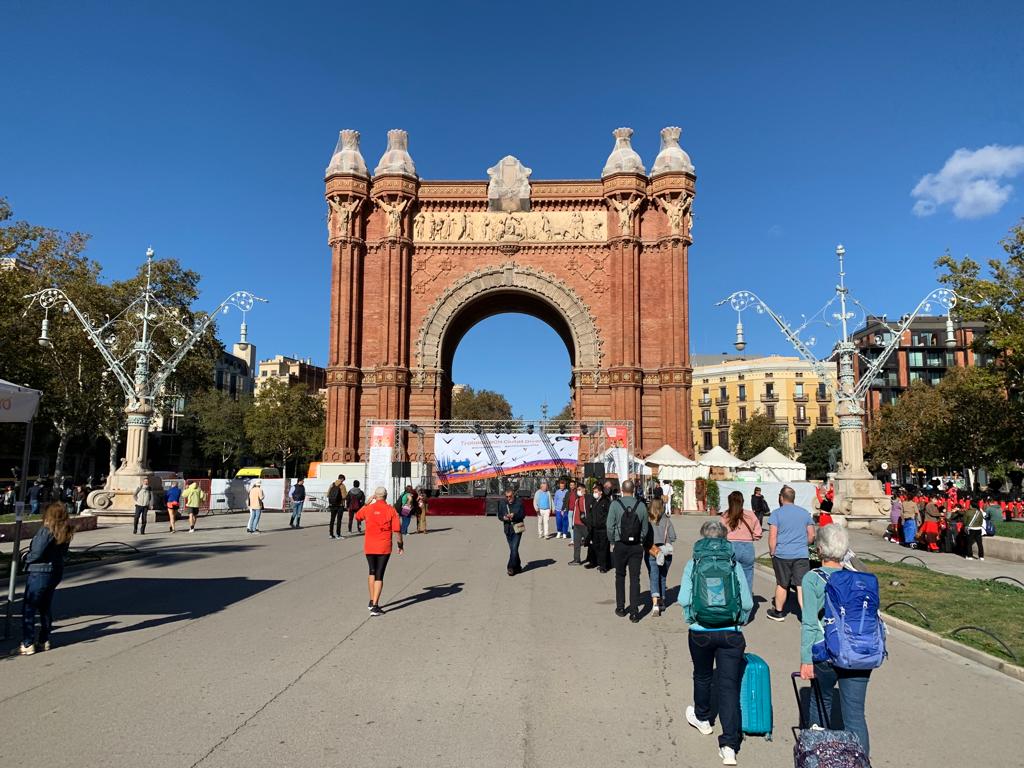
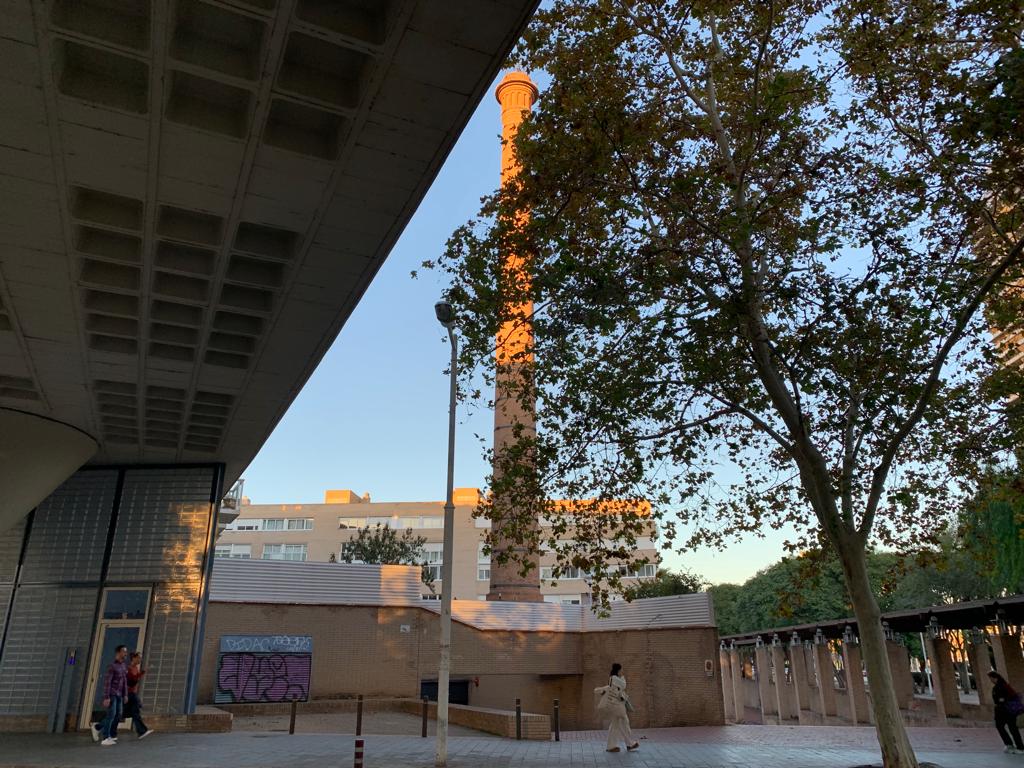
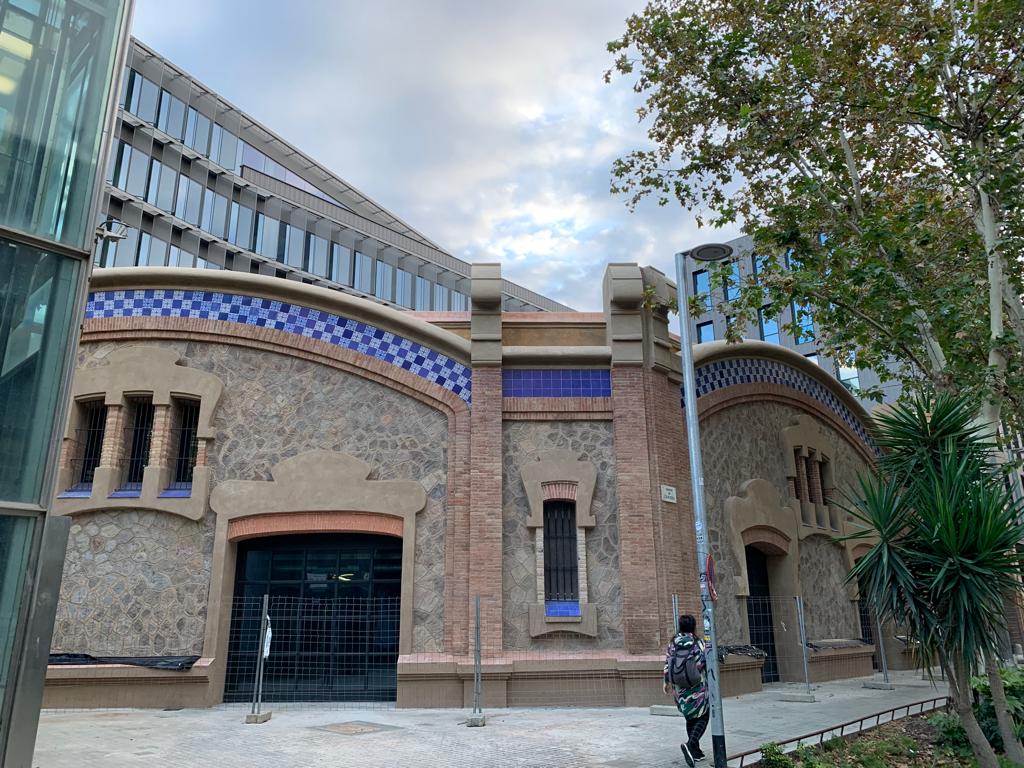
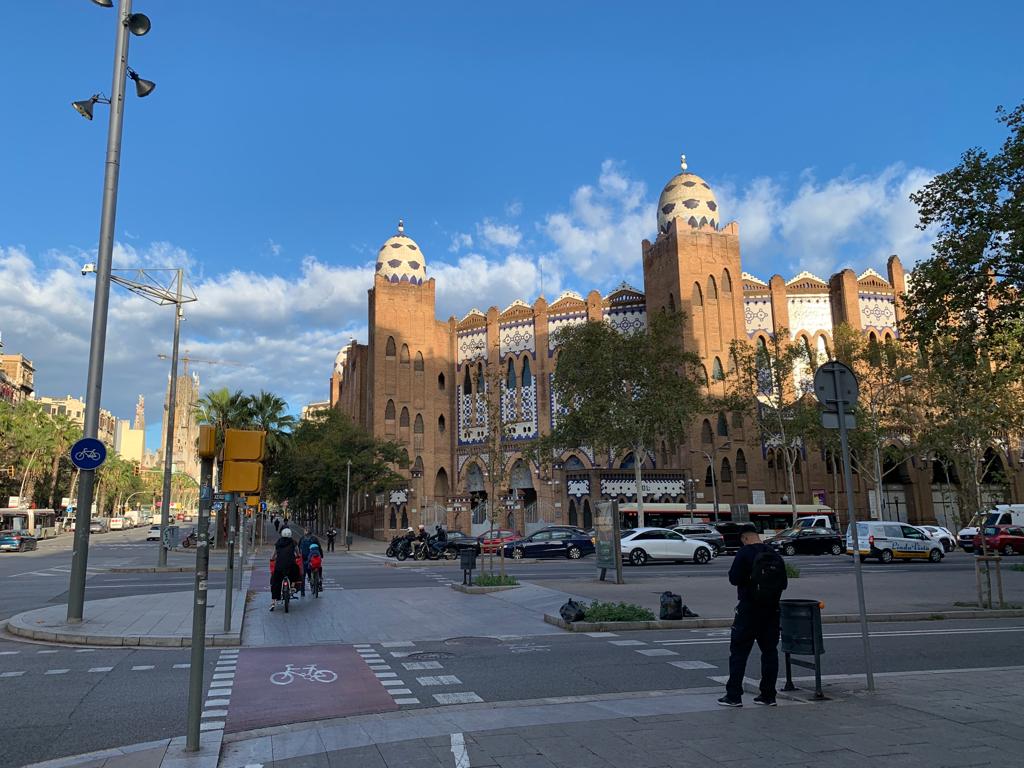
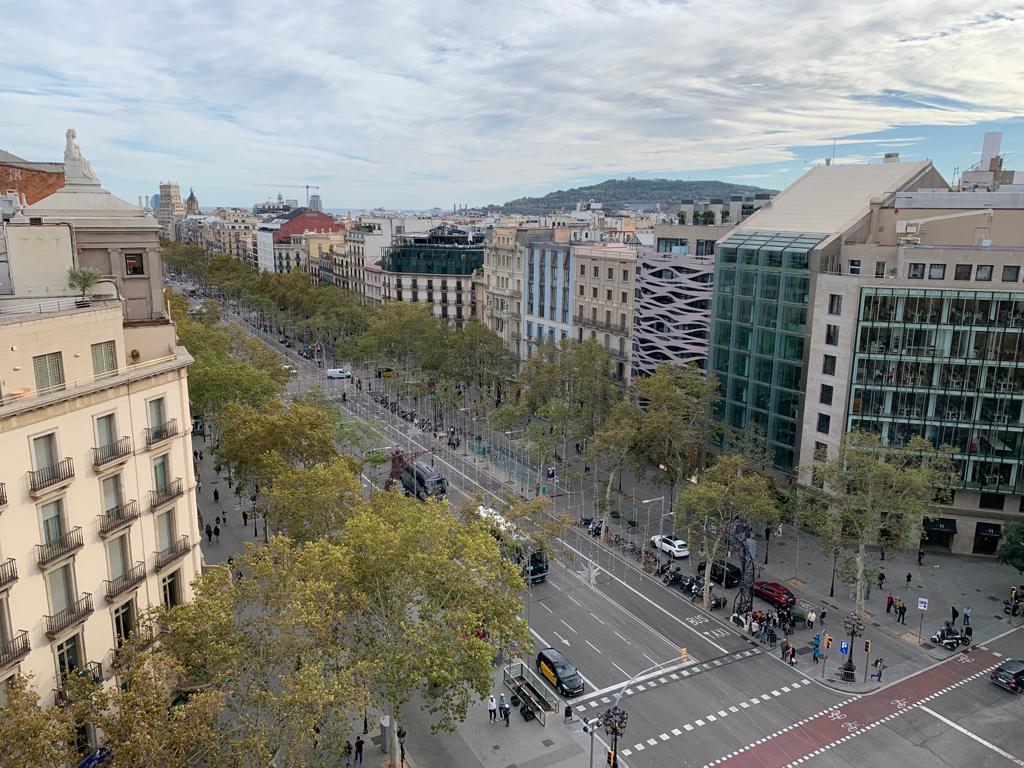
El Eixample And La Vila Olímpica Del Poblenou
So as we discussed earlier, eixample simply means expansion (not example, tempting as that false friend may be). As Barcelona expansed it sucked up surrounding small towns into 19th/20th Century suburban sprawl. The layout of El Eixample is the visionary work of urban planner Ildefons Cerdà. Its two hallmarks are its strict grid pattern (interrupted only by the aptly-named Avinguda [Avenue] Diagonal) and the rounded corners of its city blocks, aimed at providing better visibility, fresh air and ease of navigation.
The main attraction in El Eixample, one which dominates the skyline, is Antoni Gaudí’s famous church La Sagrada Família. If you book in advance and go early, this is well worth a trip. There are plenty of other architectural points of interest here too, some of which we you can explore in this post. But if you’re looking for more Gaudí buildings then try La Pedrera and Casa Batlló, or the Palau de la Música Catalana and Hospital de Sant Pau together make up a UNESCO World Heritage site. El Eixample is also the place for shopping along the Passeig de Gràcia. And there are museums dotted around like the Fundacion Antoni Tàpies.
La Vila Olímpica Del Poblenou is an interesting modern parallel to El Eixample. The Olympics in question are the 1992 Barcelona Olympics. Part of the city’s transformation to host the Games involved creating a residential neighbourhood in this traditionally industrial and working class area. Some heritage was lost, while the odd vestige remains: mostly the chimneys of former factories. I stayed in Poblenou during my trip to Barcelona and enjoyed the mix of old and new. Parts of it have a trendy warehouse apartment vibe that reminded me a little of New York. It’s not lively at weekends though (except for cool after hours parties), so you will need to go further afield for bars and restaurants.
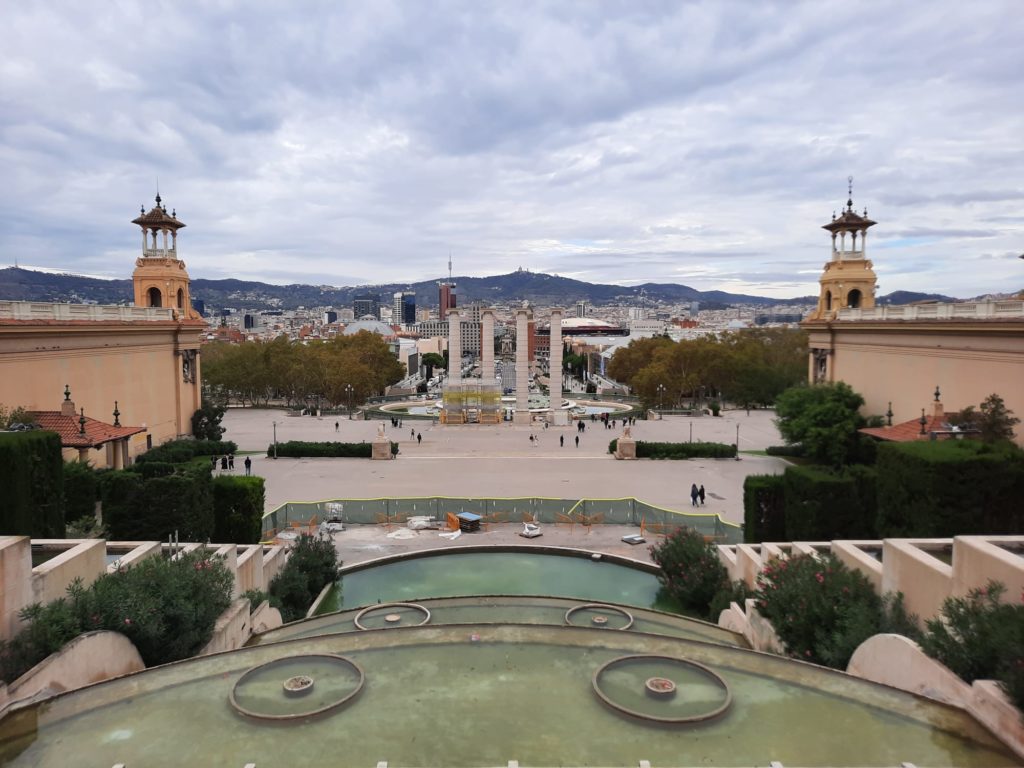
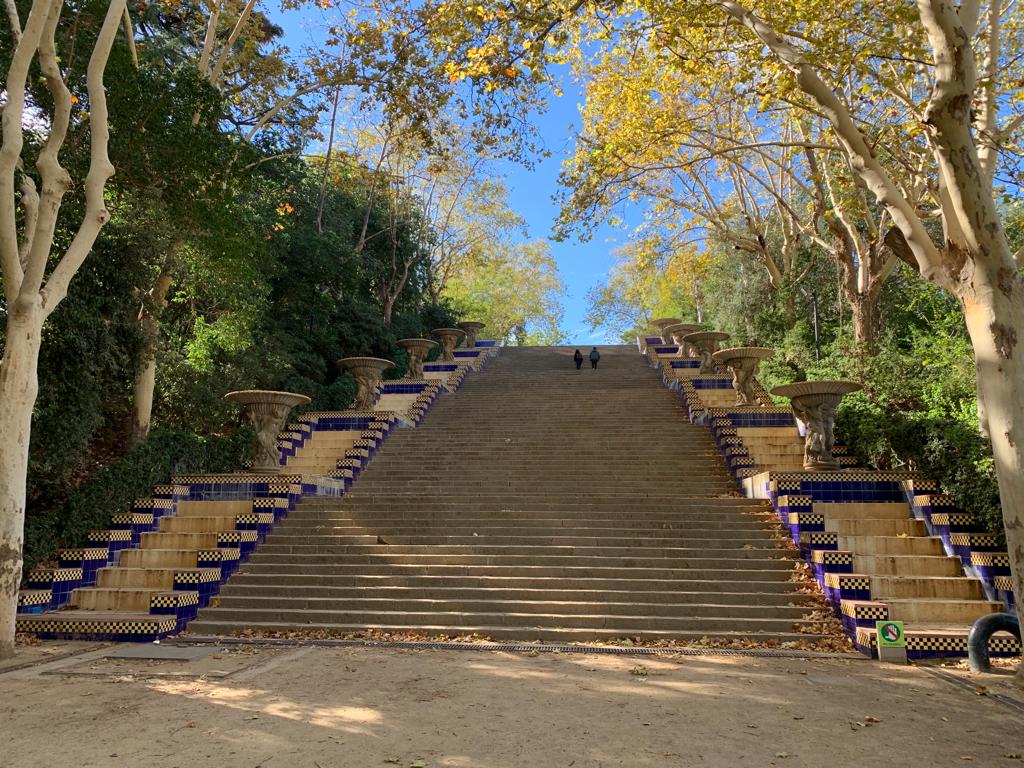
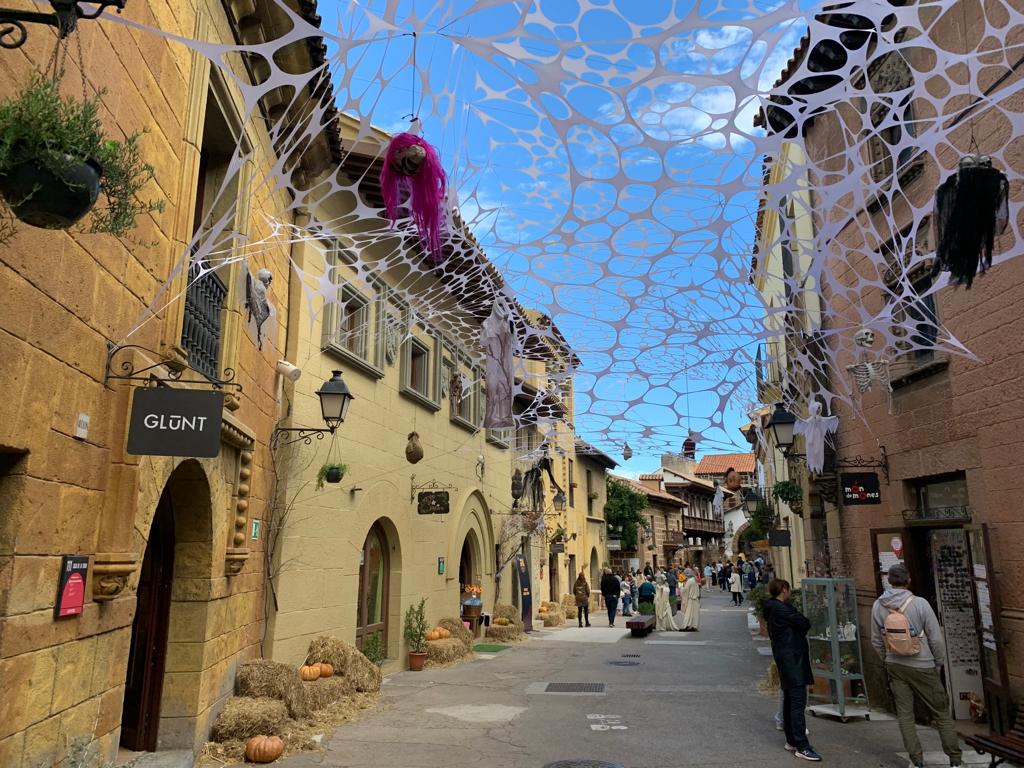
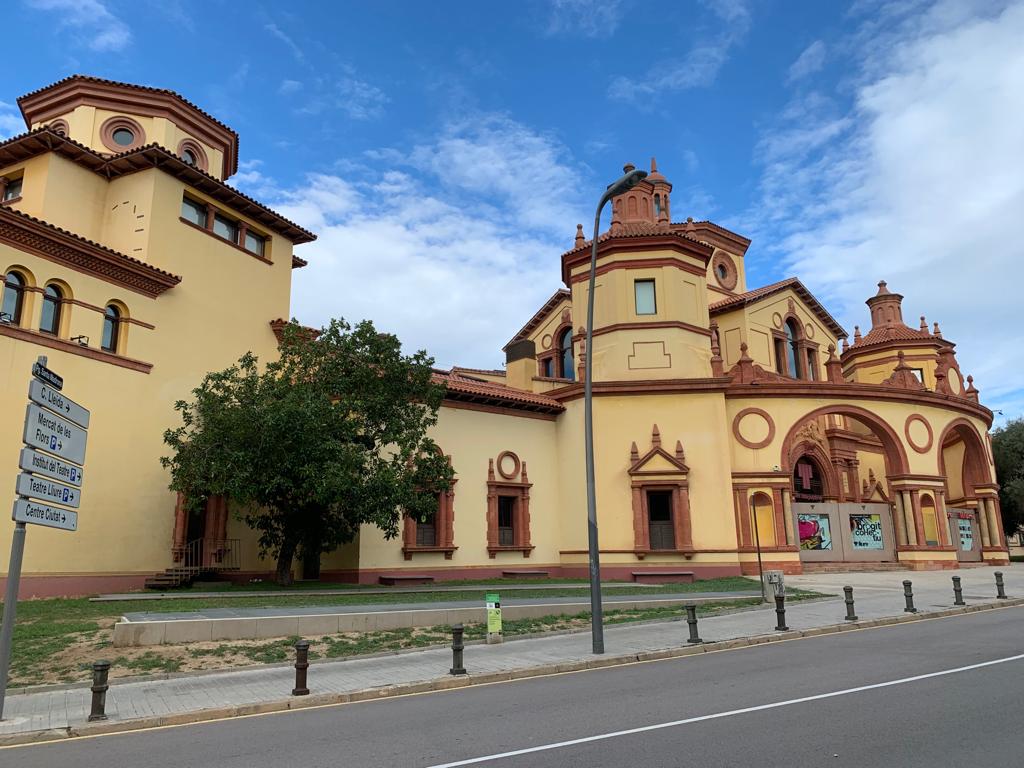
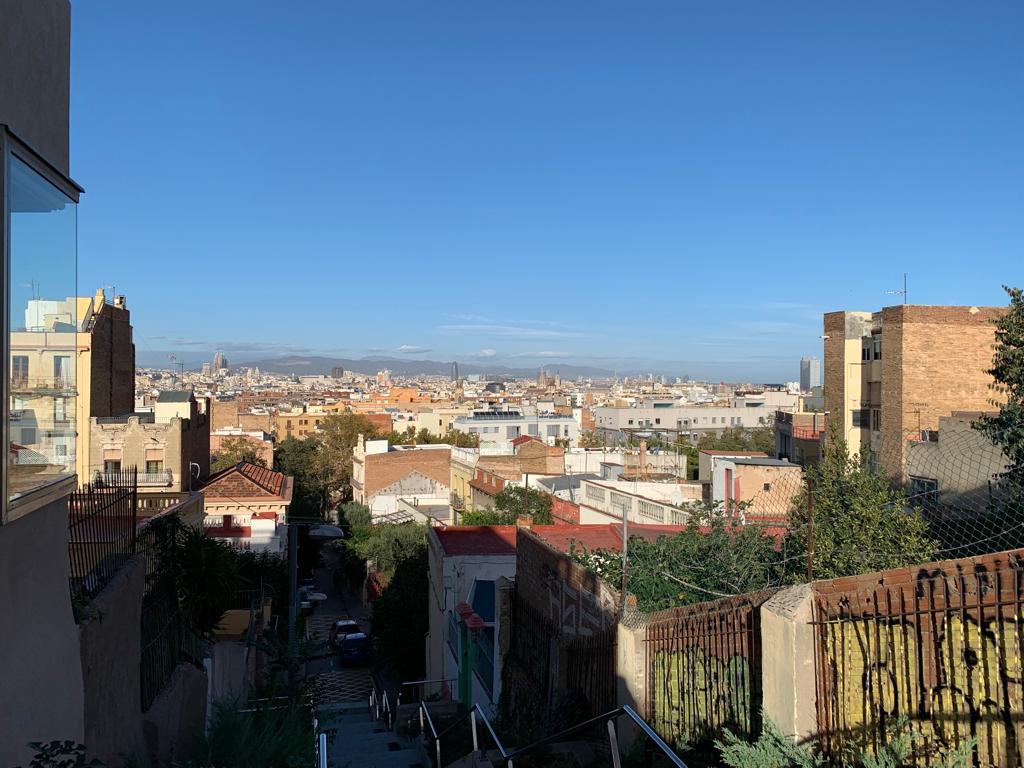
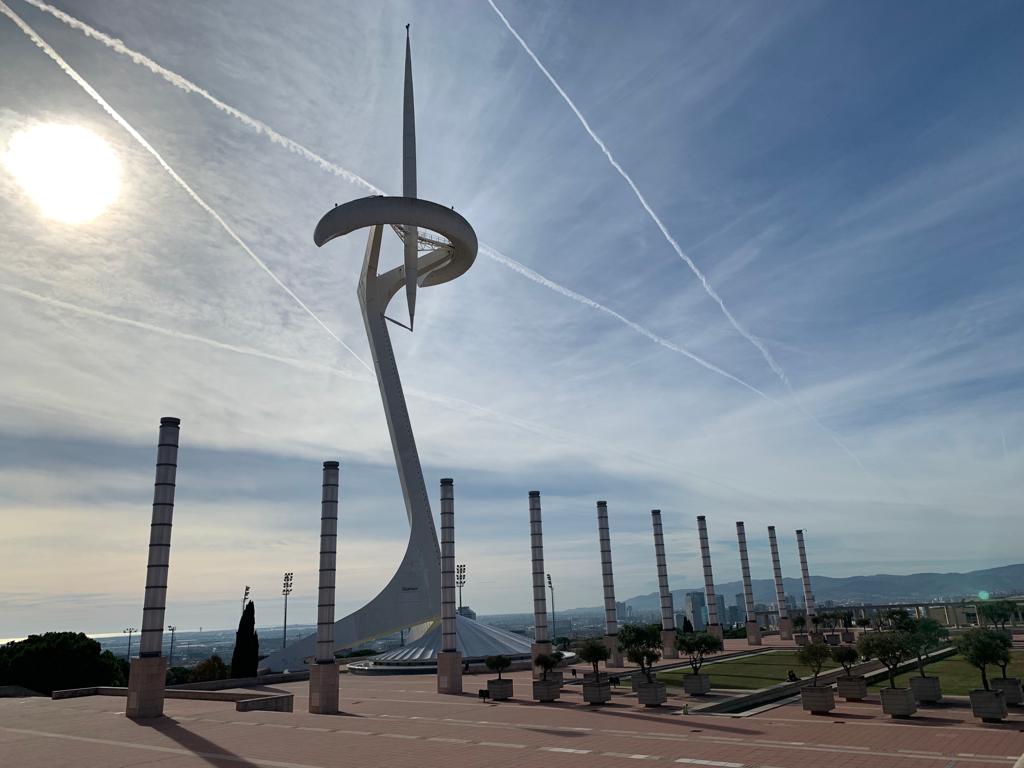
Montjuïc
The next post is a deeper dive into the sights and attractions of Montjuïc. Think of this as more of a teaser. I mentioned earlier that Montjuïc translates literally as ‘Jewish Mountain’ (in Medieval Latin or Catalan). Montjuïc has had an important and turbulent history. It has a strategic location on the Mediterranean and the Llobregat River. It has thus been fortified numerous times: today’s Castle of Montjuïc dates to the 17th Century. The castle is a place of difficult history: a site of surveillance and control over the city, and of political imprisonment and executions including during the Spanish Civil War.
If I could cite one year, however, which has shaped the Montjuïc of today more than any other, it would undoubtedly be 1929. Barcelona was the site of the 1929 International Exposition, and was transformed with grand buildings, national pavilions and a model Spanish town. Or rather a town of Spanish architectural models – the Poble Espanyol. Montjuïc today still has the feel of a place built for a specific purpose: perhaps why it was easy to reuse it for the 1992 Olympic Games.
If you are in Barcelona for three or more days, I recommend spending one in Montjuïc. There is plenty to do for culture lovers, especially in terms of museums and architecture. And don’t worry if you don’t like hills. As well as outdoor escalators up and down, there is the Funicular de Montjuïc and the Montjuïc Cable Car. The views from the top of the hill are spectacular.
But what about the Jewish connection? There is very little trace of a Jewish population here. But there is a Jewish cemetery of historic significance, dating to at least the 13th Century. Perhaps it is simply this cemetery that the hill is named for?
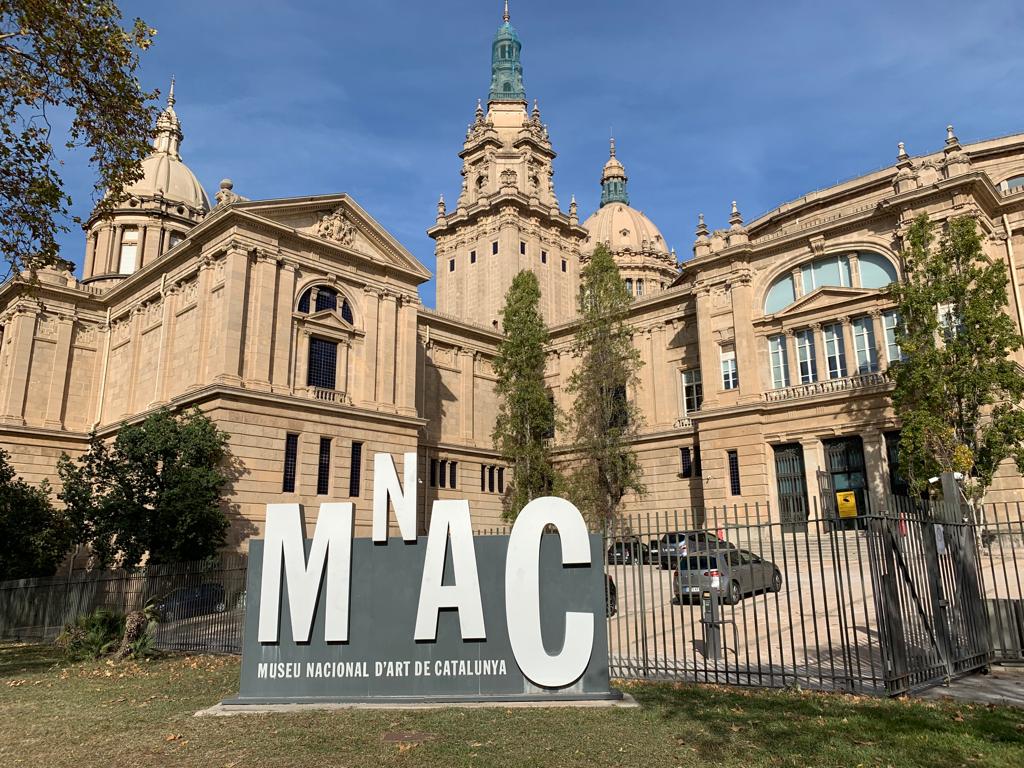
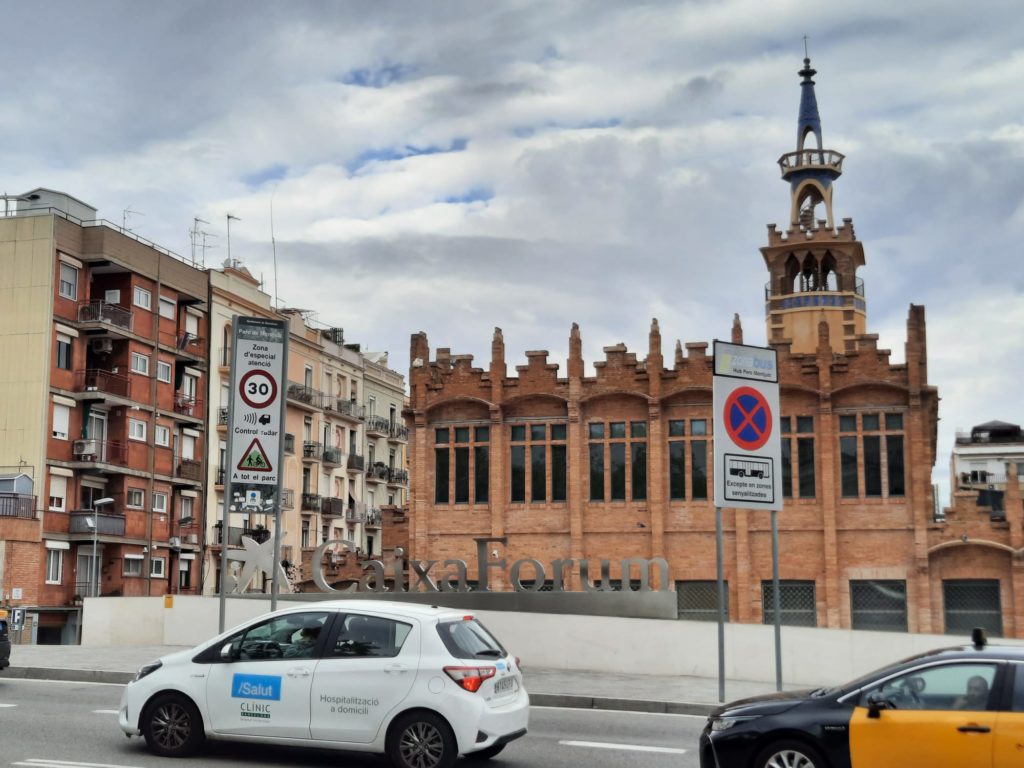
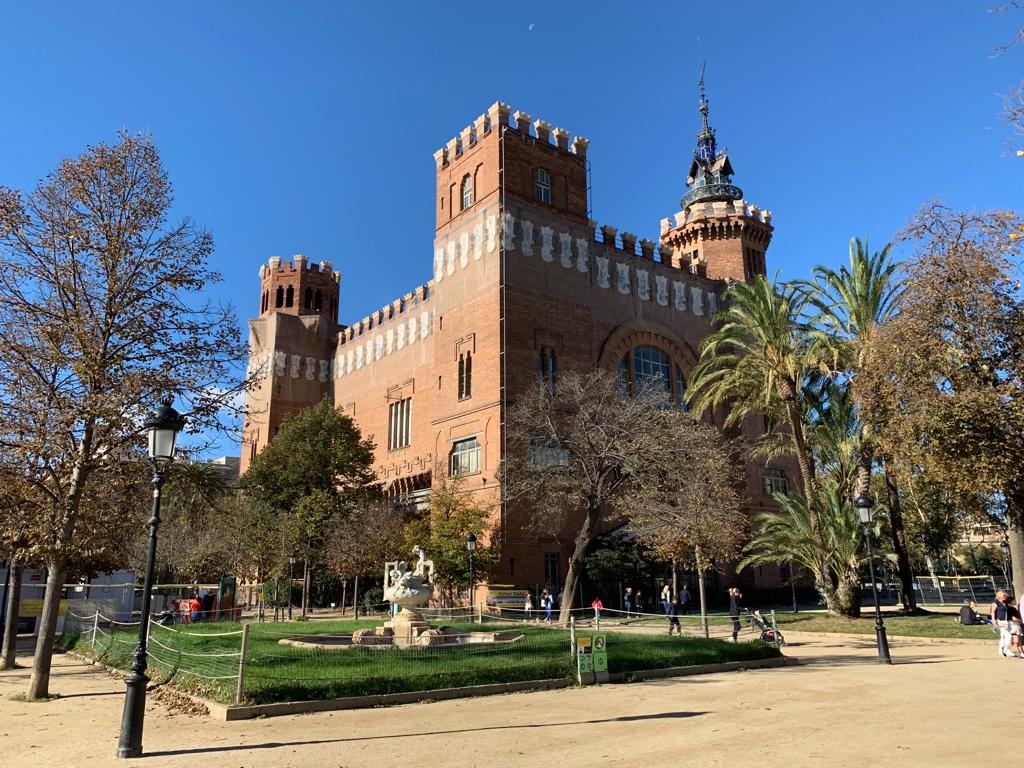
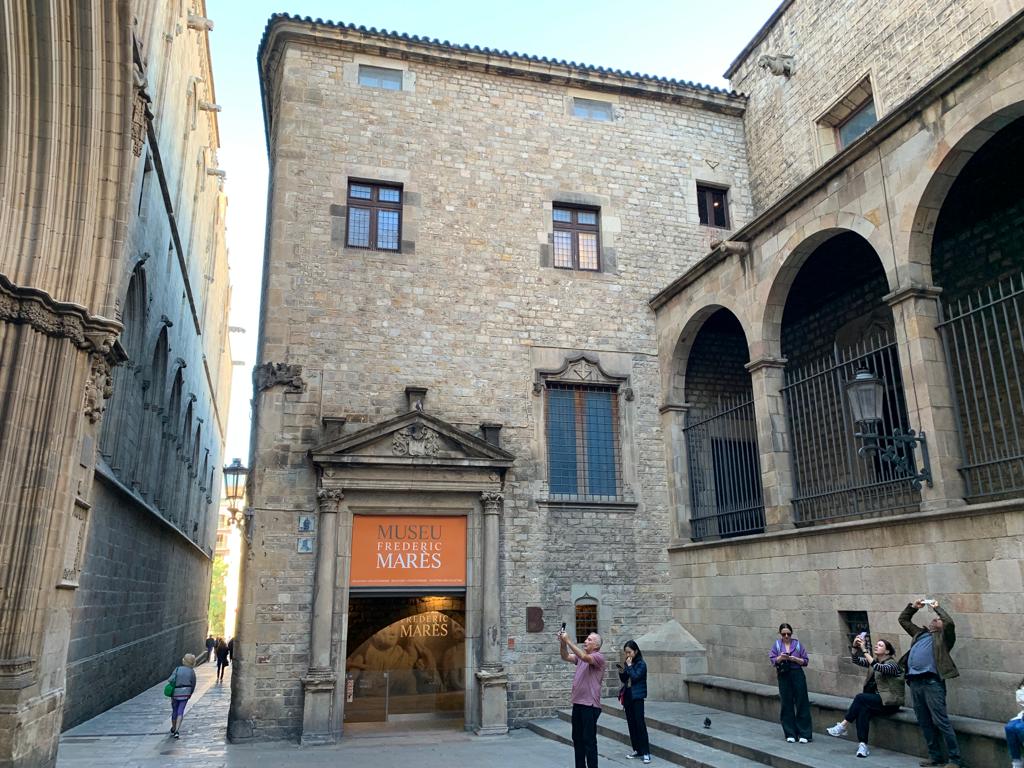
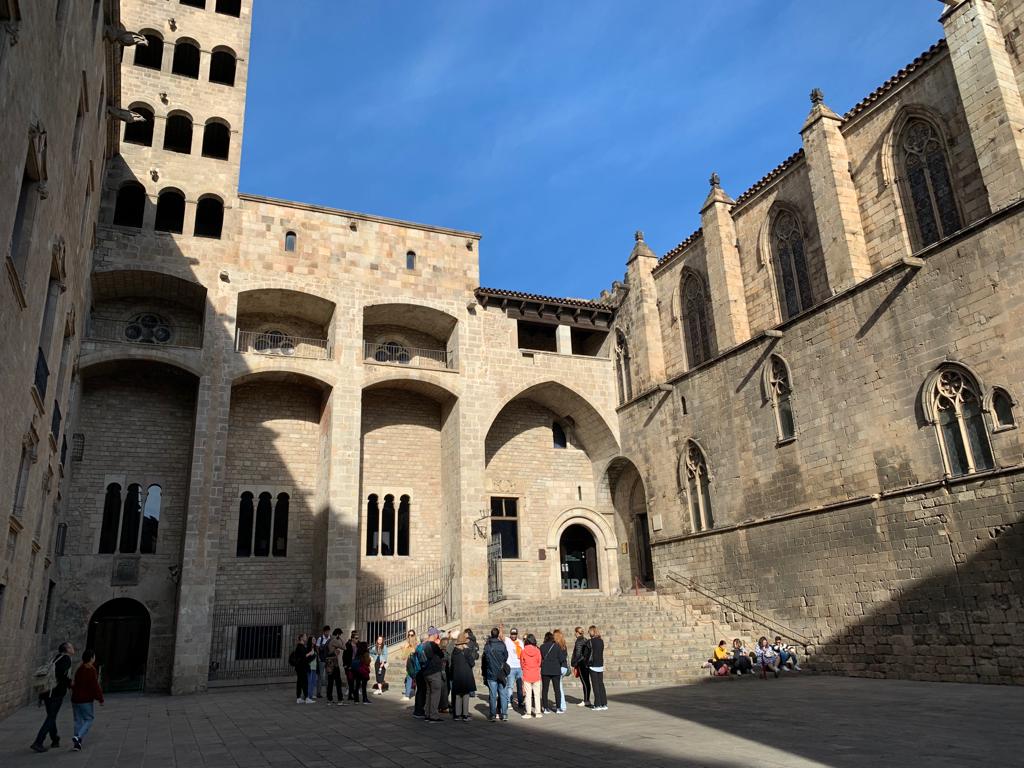
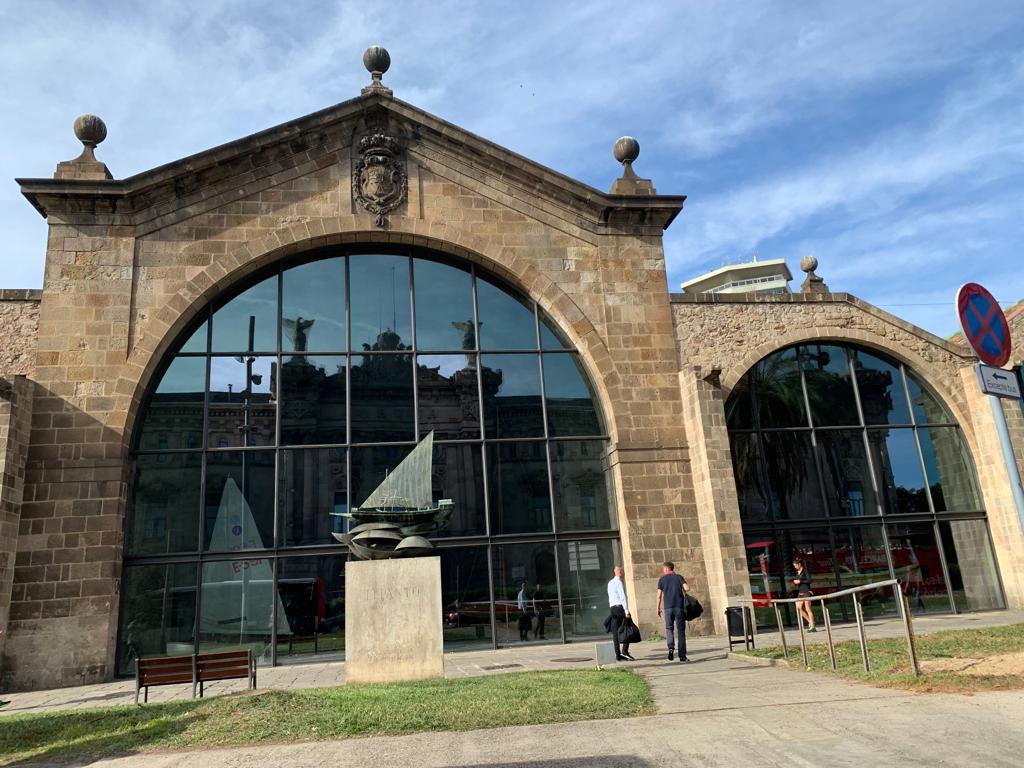
Museums
Like any good European city (or any decent-sized city really) there are more museums in Barcelona than you could ever hope to see on a long weekend trip. There are big ones, small ones, art ones, history ones, serious ones and tourist ones. What you choose to see will depend on your interests and the amount of time you want to spend indoors. Here are a few ideas to get you started: some of them have dedicated posts coming soon.
- Museu Nacional d’Art de Catalunya. This is one of the main cultural institutions in Barcelona. It has prime position on Montjuïc, occupying one of the buildings from the 1929 Exposition. It has good collections of Old Masters and modern art, but the stars of the show are its Romanesque frescoes. ‘Rescued’ from churches around the Pyrenees, they are displayed as close to their original appearance as possible.
- Museu d’Arqueologia de Catalunya. Also on Montjuïc, this is a fairly standard archaeological museum but makes great use of VR to explore sites further afield.
- CaixaForum Barcelona. A final suggestion for Montjuïc (although there are more museums), the CaixaForum displays contemporary art in a Modernist factory building.
- Museu Marítim de Barcelona. The coolest thing about this maritime museum is its location, in the medieval royal shipbuilding yard.
- Museu d’Història de Barcelona. Barcelona’s history museum is an interesting place. It combines a fresh approach to presenting history with a vast archaeological site underground. A little complex to find and navigate as it’s in the historic heart of the city, but worth it.
- Museu Frederic Marès. My favourite museum in Barcelona. It’s so close to the history museum you can see into one from the other. Frederic Marès was a sculptor and compulsive collector. The museum is stuffed to the gunnels with his collections of… well anything and everything!
- Museu Picasso. I didn’t visit but have it on good authority this museum will transform even the greatest Picasso-sceptic into an admirer.
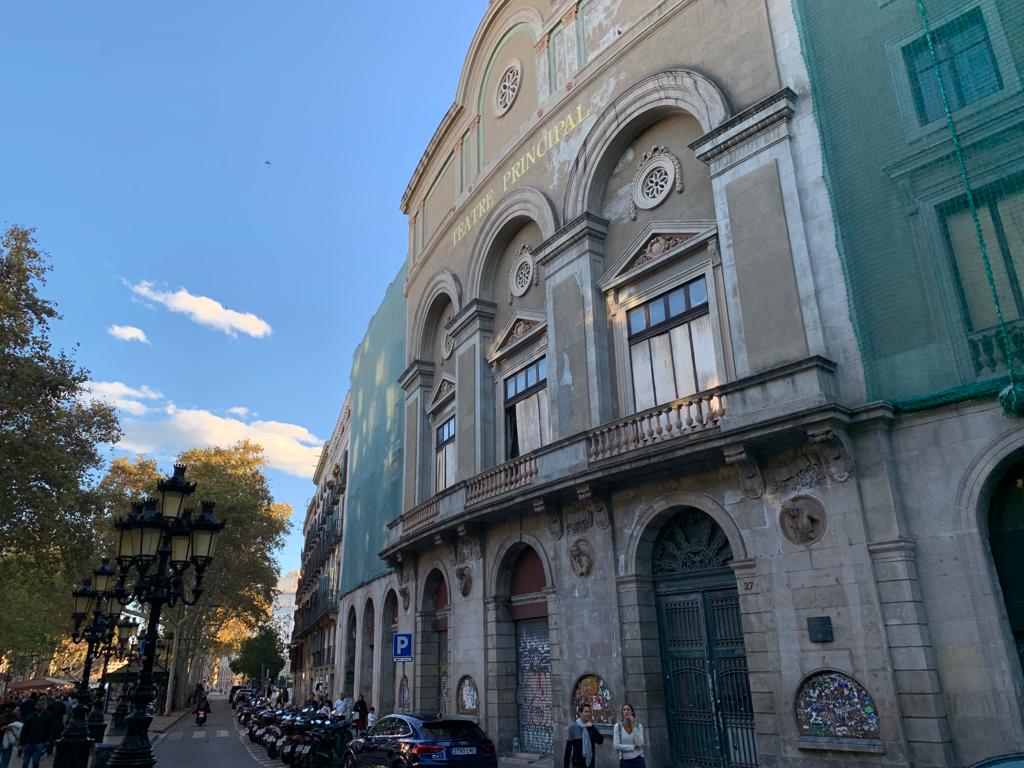
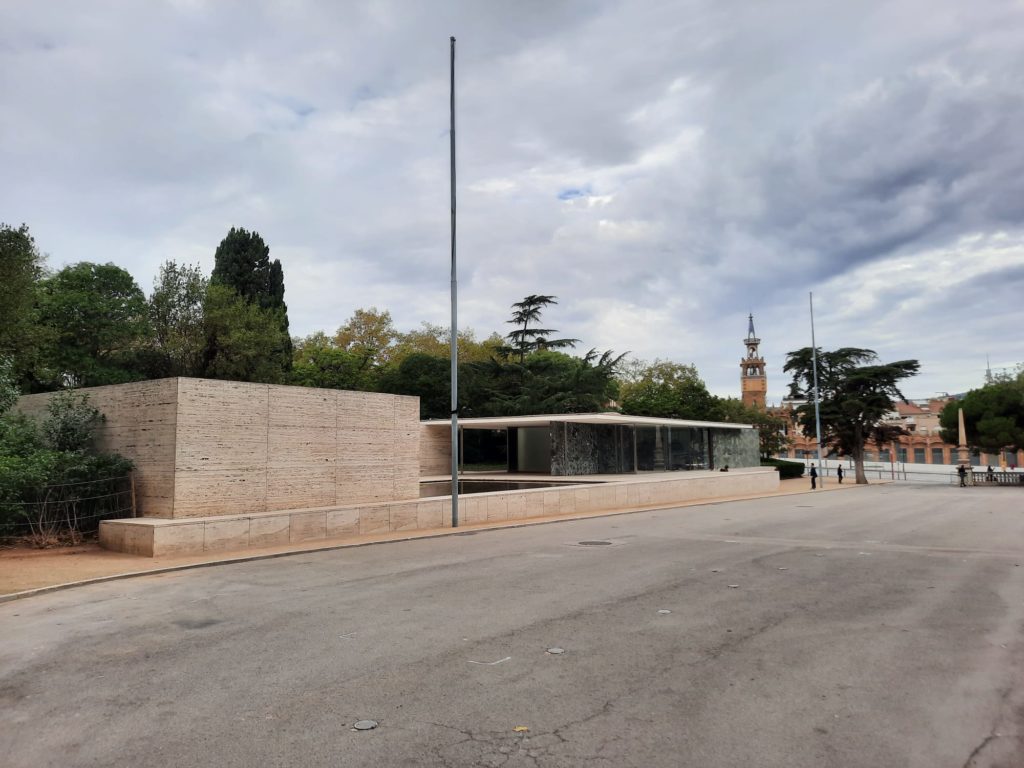
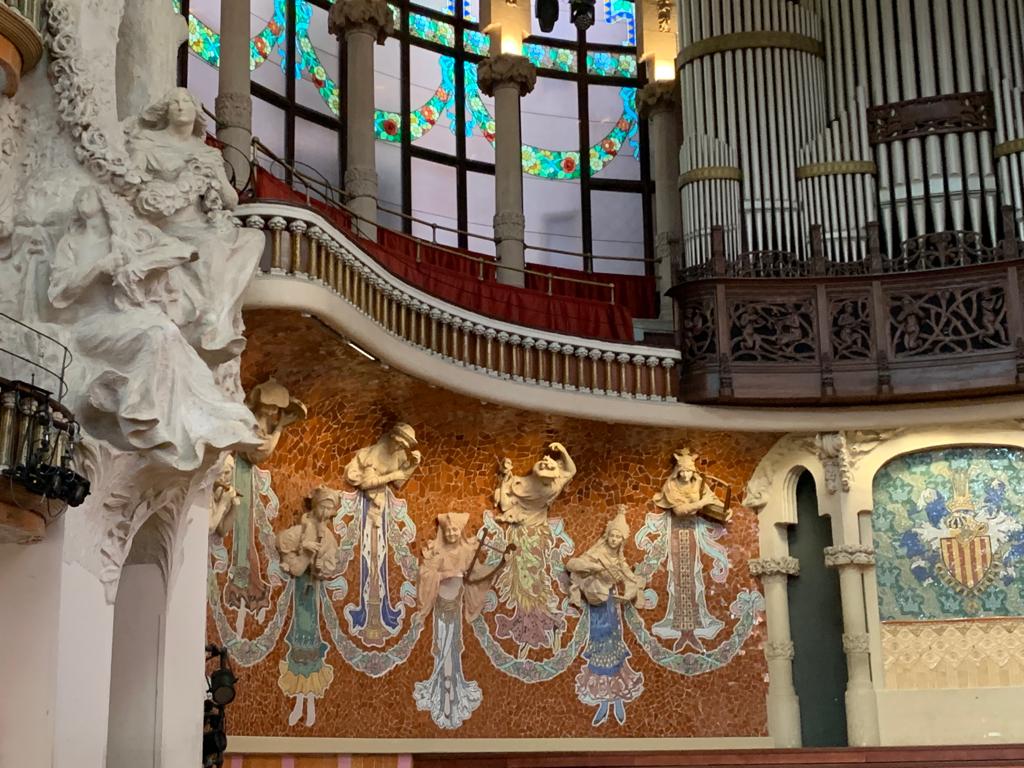
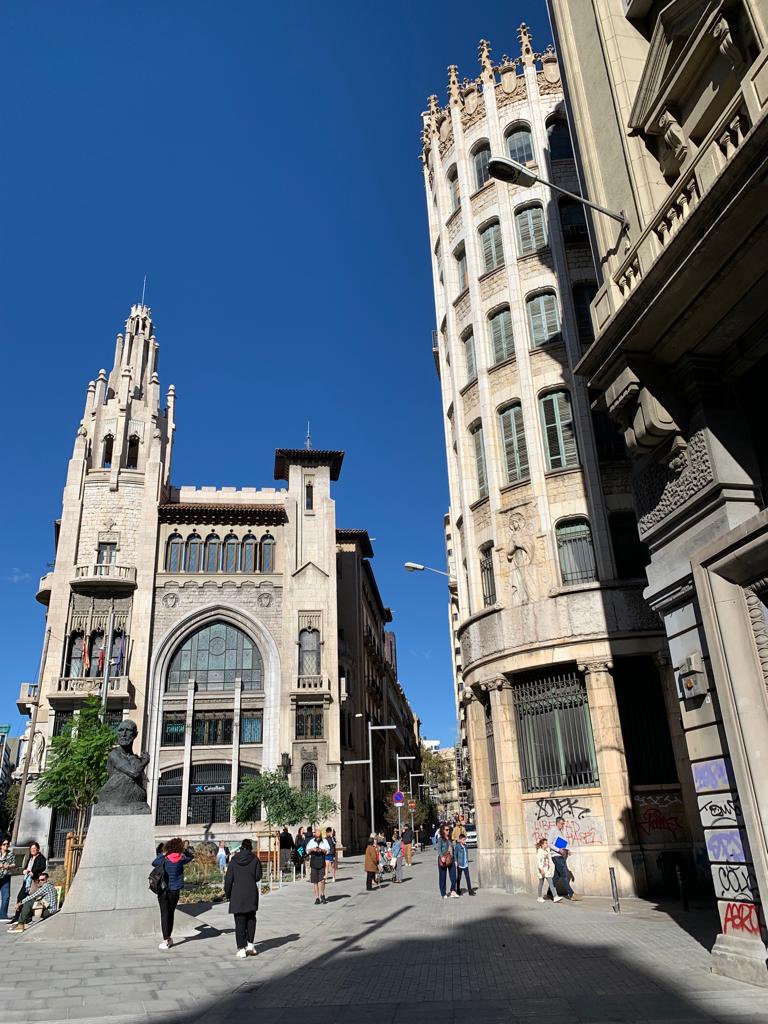
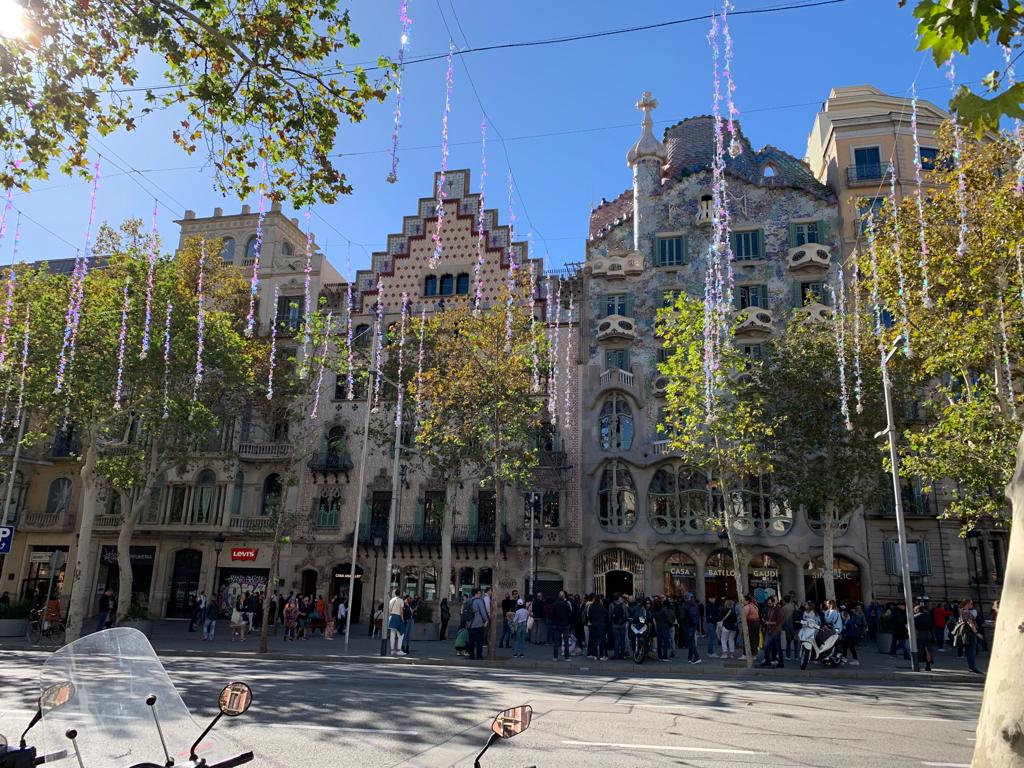
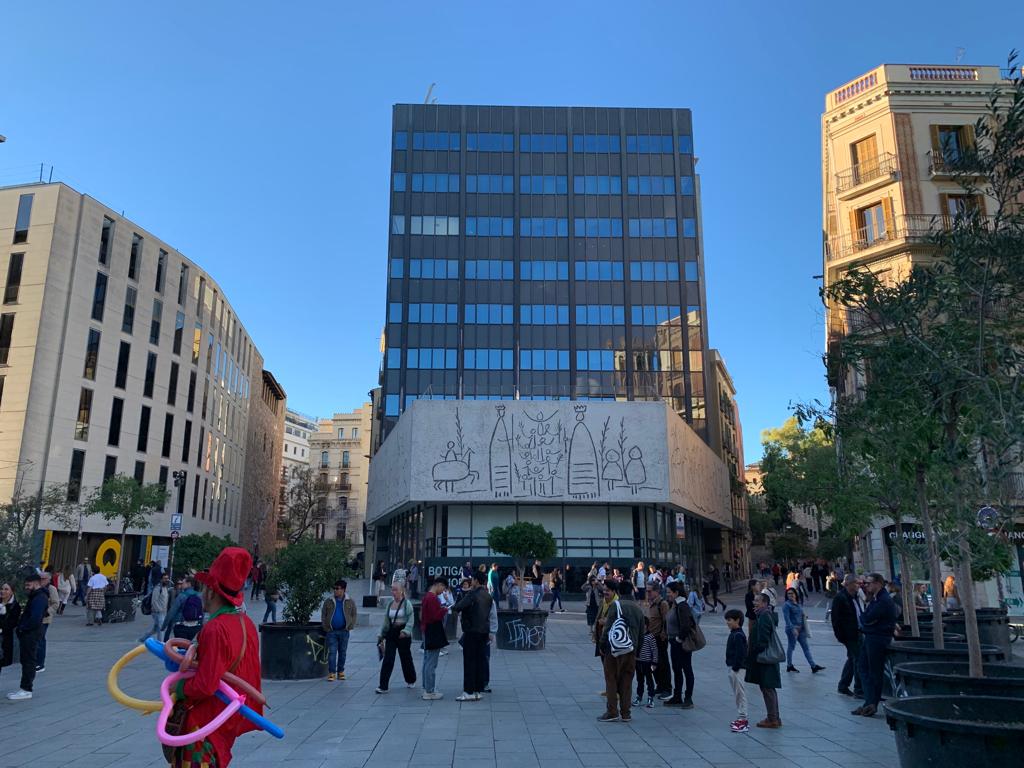
Architecture
When you think of architecture in Barcelona I’m sure one name comes to mind: Antoni Gaudí. But there’s a lot more to it than that. The different layers of Barcelona’s history can be explored through its architecture, with Modernista buildings like a thick layer of icing on the top.
Classical Architecture: I’ve already mentioned a couple of places to see Roman architecture in Barcelona. The columns from the Temple of Augustus are free to visit and impressive, and the Roman city within the Museu d’Història de Barcelona is well worth the entry price. If Roman history is your jam, check out this detailed guide to other Roman sights.
Medieval/Gothic Architecture: If you want to see historic buildings, then the Barri Gòtic is for you. Why not start with the Cathedral of the Holy Cross and Saint Eulalia, AKA Barcelona Cathedral. It dates from the 13th-15th Centuries, although the neo-Gothic façade is 19th Century. For more Catalan Gothic religious architecture head to Santa Maria del Pi. Or there are the civic buildings such as those in the Plaça de Sant Jaume. Plus the hospital I mentioned, the Old Hospital de la Santa Creu, now home to various cultural and medical institutions.
Modernista Architecture: Art Nouveau, Jugendstil, Arts and Crafts – all variations on a theme. Catalonia’s answer was Modernista architecture. Like the related movements I mentioned, Modernista architects took inspiration from history and natural forms. Antoni Gaudí was its most famous proponent and pushed the style to its limits, but there are many other buildings to see, either from the outside or as visitor attractions. Frankly you could spend a long weekend in Barcelona just focused on Modernista buildings. I have posted about some if them in more depth here.
Modern and Post-Modern Architecture: Following the Spanish Civil War Barcelona spent much of the 20th Century under a dictatorship. Some dictatorships lead to architectural extravagance, but not on this occasion. There are some Brutalist buildings, the Olympic Games infrastructure is quite striking, and you can look out for modern oddities like the last image above, a centre for architecture with a Picasso frieze on the front. There’s also the Pavilion Mies van der Rohe, a (reconstructed) icon of Modernism.
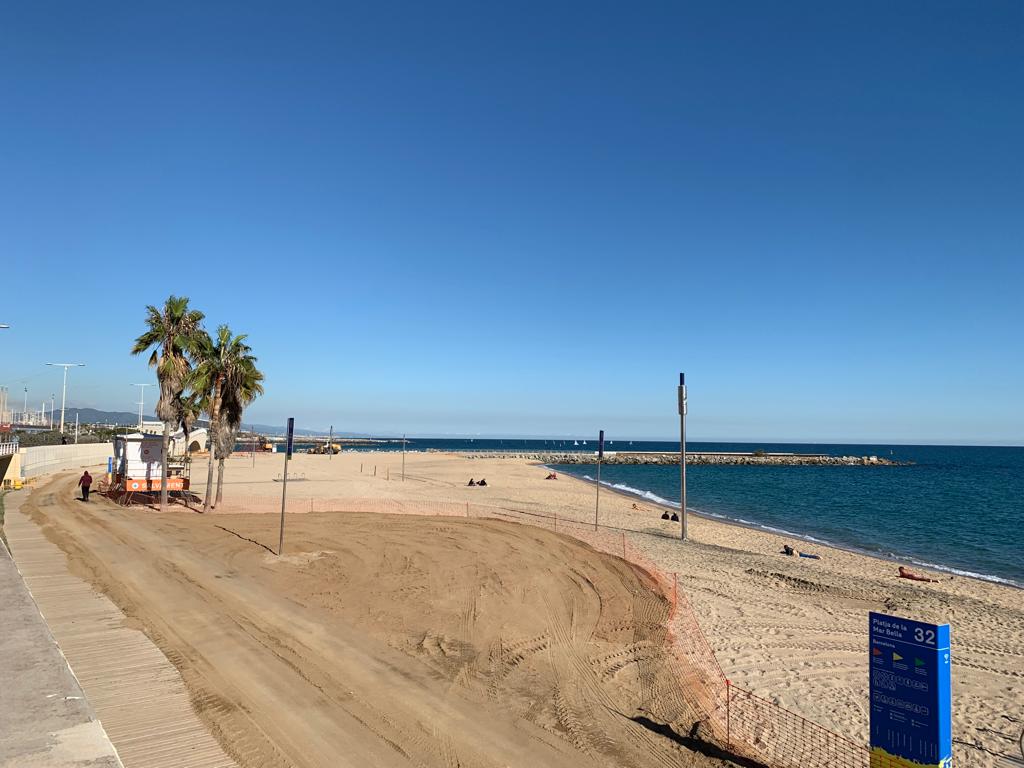
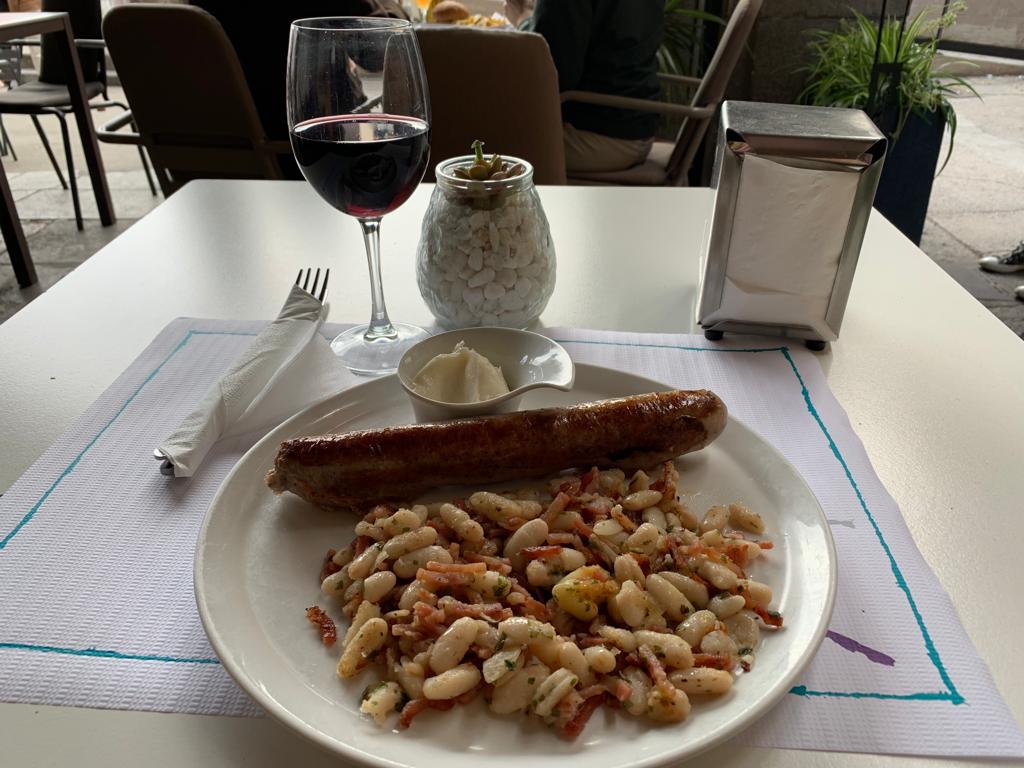
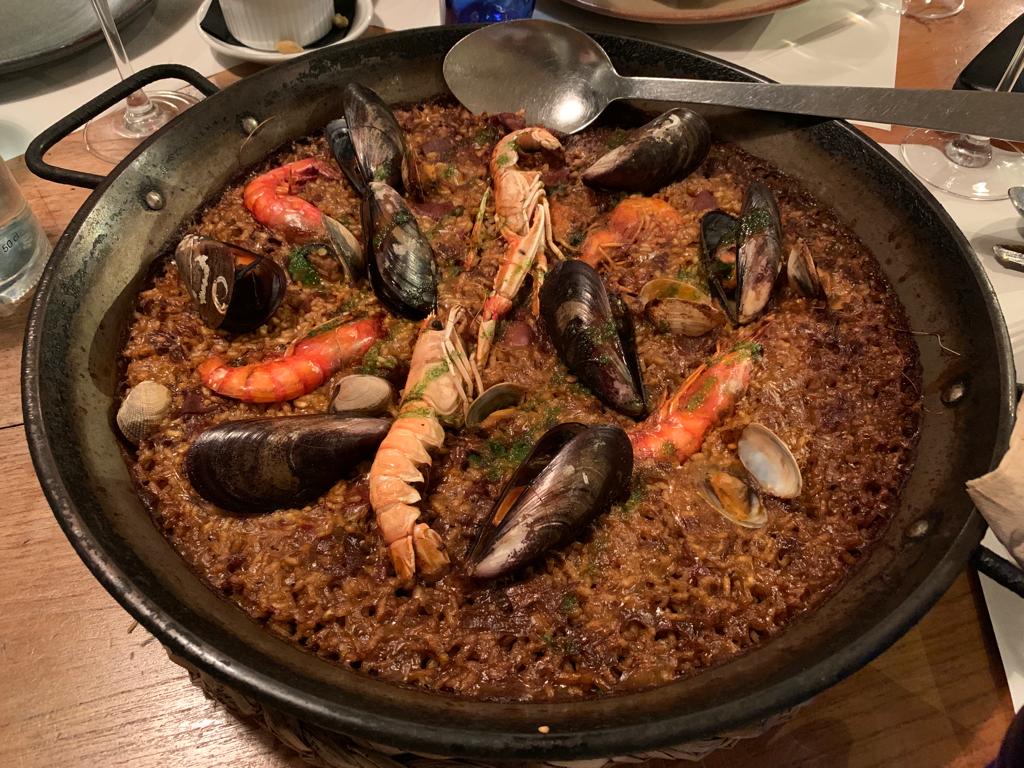
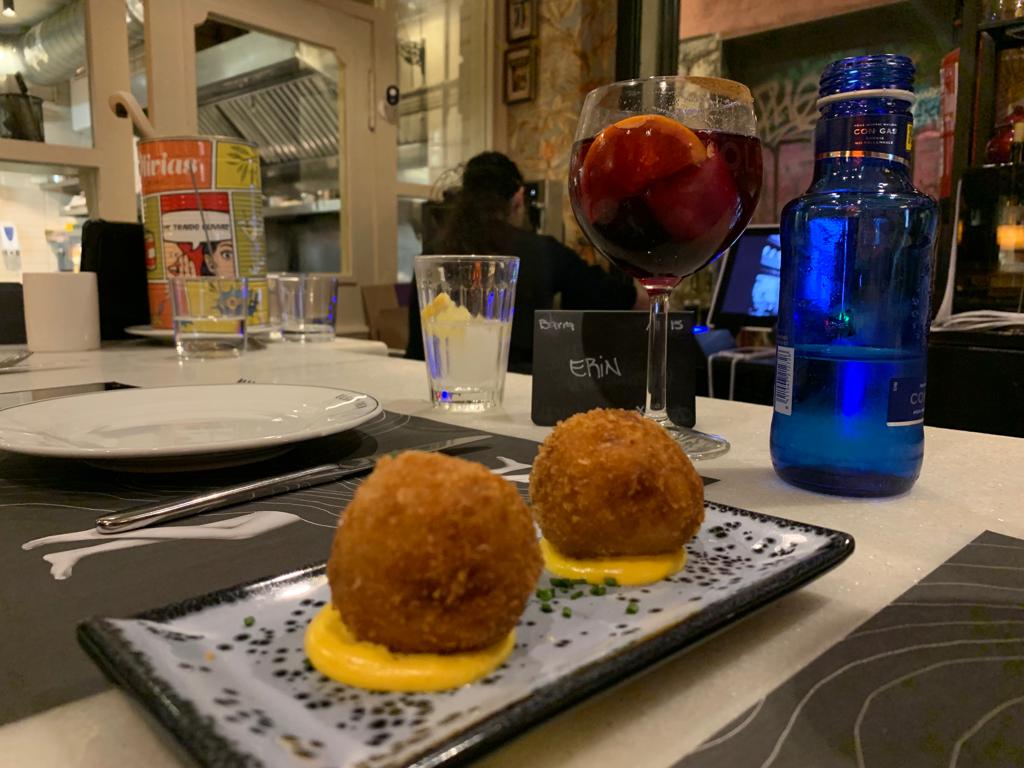
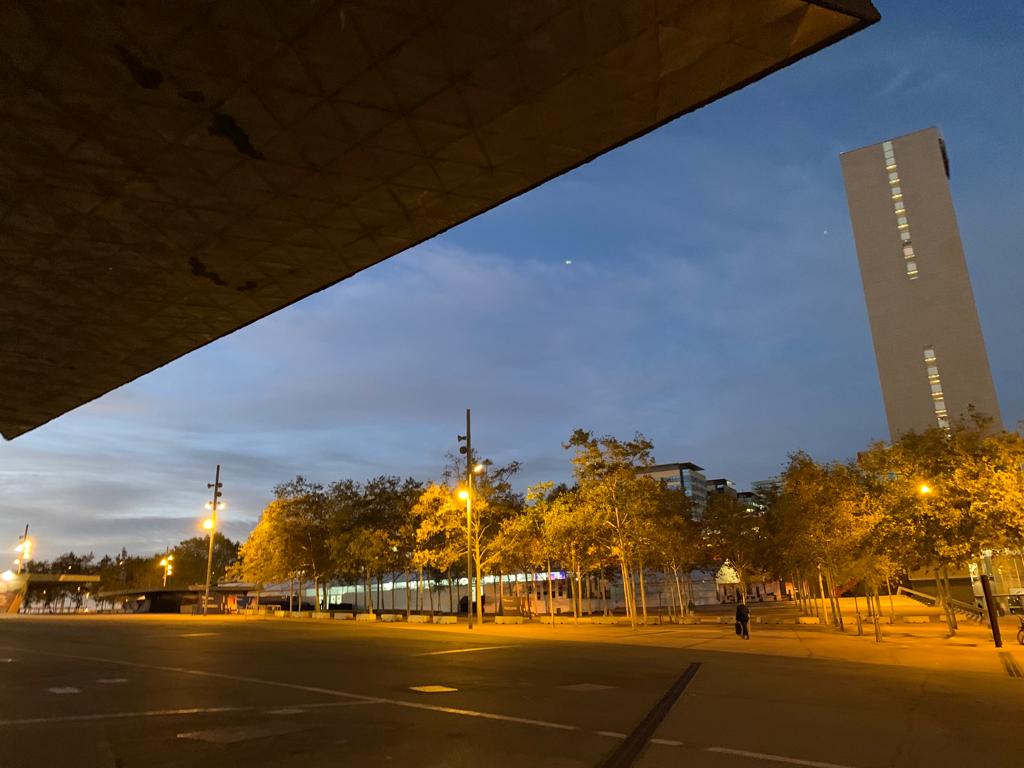
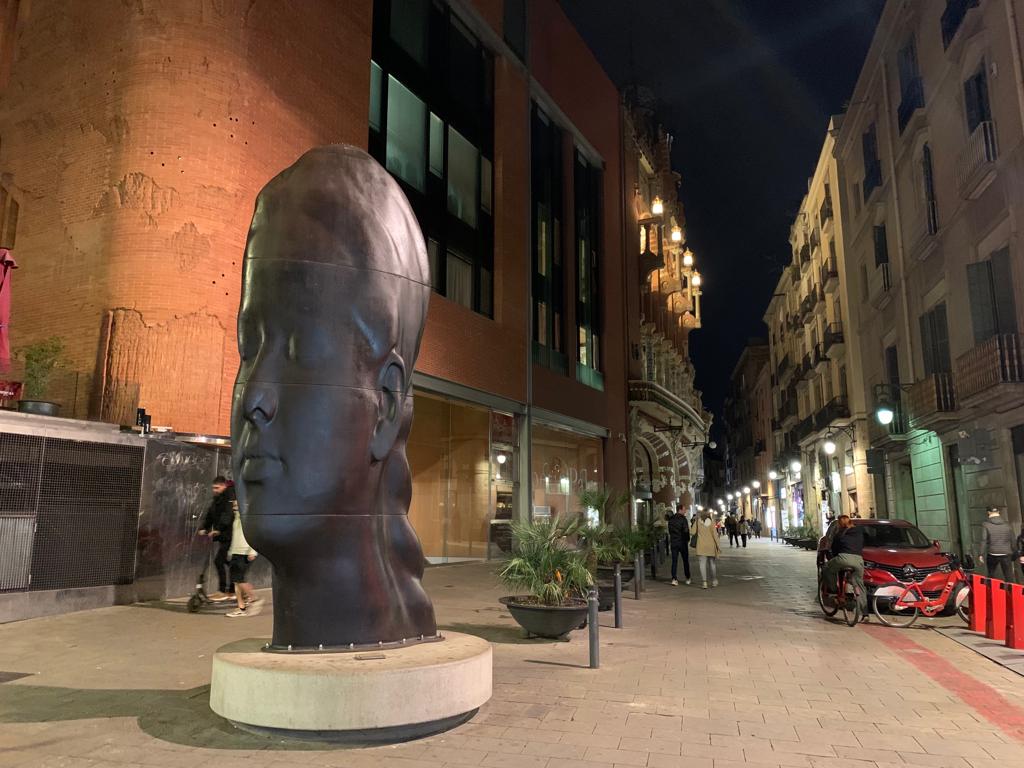
Beaches, Restaurants & Nightlife
Barcelona is a city for night owls. As I was there primarily for business I struggled to keep up: the city keeps regular business hours, but you can expect to eat at restaurants at 9pm (maybe 8). Not conducive to a lot of sleep. My advice is not to go on business, so you can combine late evenings with a nice sleep-in the following morning.
But anyway. A visit to Barcelona is not all about visiting museums and admiring architecture. In fact, you won’t really experience the city if this is all you do. Make sure you set aside some time for the city’s beaches, leisurely lunches, and exploring the city at night.
There are nine beaches in Barcelona, which together get upwards of 3.5 million visitors per year. They are well-maintained and easy to reach, so I can see why. I visited in early November when there were still a few hardy locals enjoying some late sun, but would recommend a visit in the warmer months. There are plenty of beach bars for an informal drink or snack, or you can try nicer restaurants like Barraca, with delicious food and a warm welcome.
Speaking of food, there is a choice to make here. Plenty of restaurants have learned what visitors to Spain expect, and serve up tapas and paellas which aren’t necessary local to Catalonia. They are delicious though, so no judgement if that’s the route you go. You can also find local dishes: look out for things like esqueixada de bacallà (cod), arròs negre (black rice) or botifarra amb mongetes (a hearty sausage and beans combo). Or you can focus on good, local produce and great flavours: we liked Elsa y Fred.
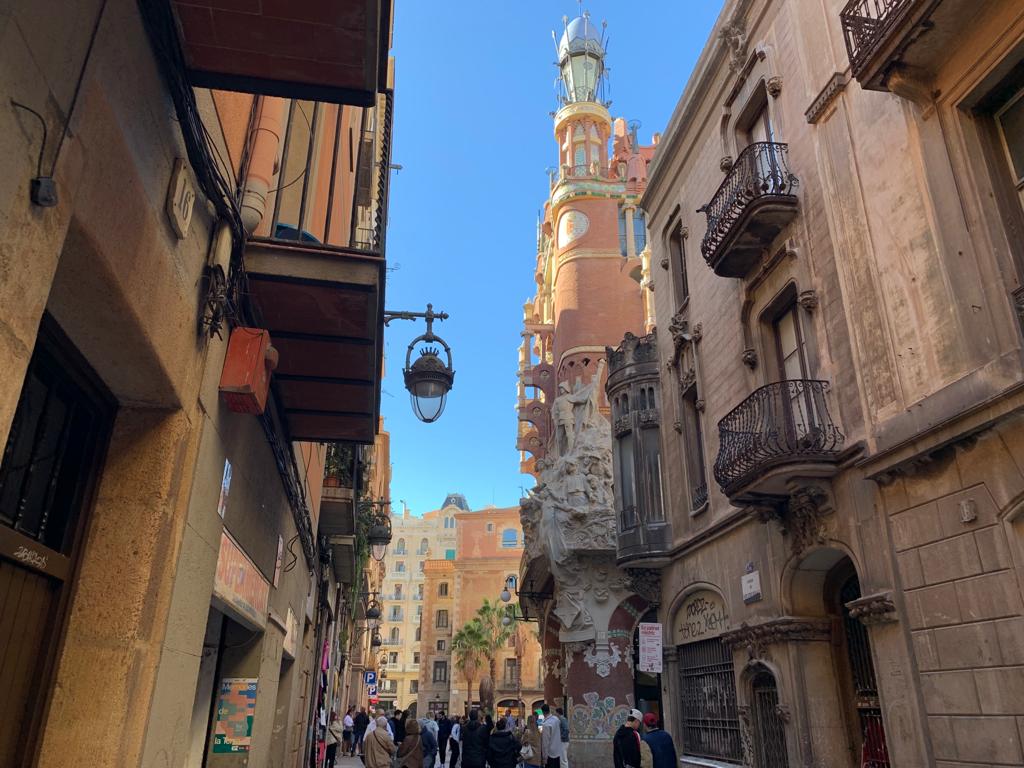
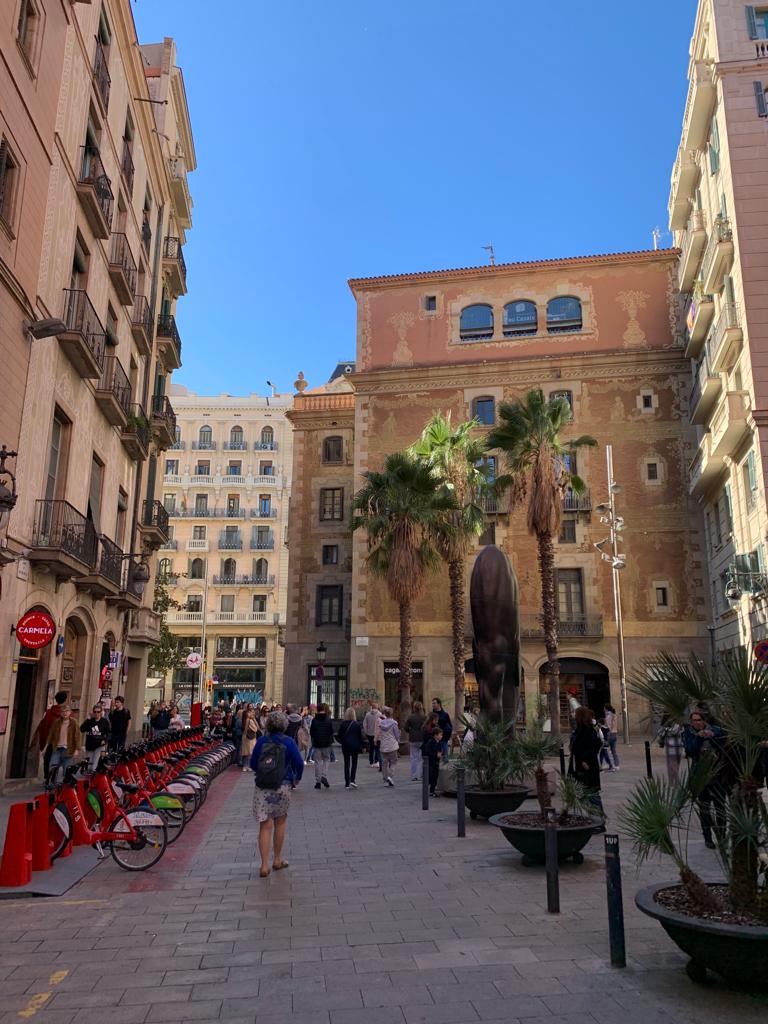
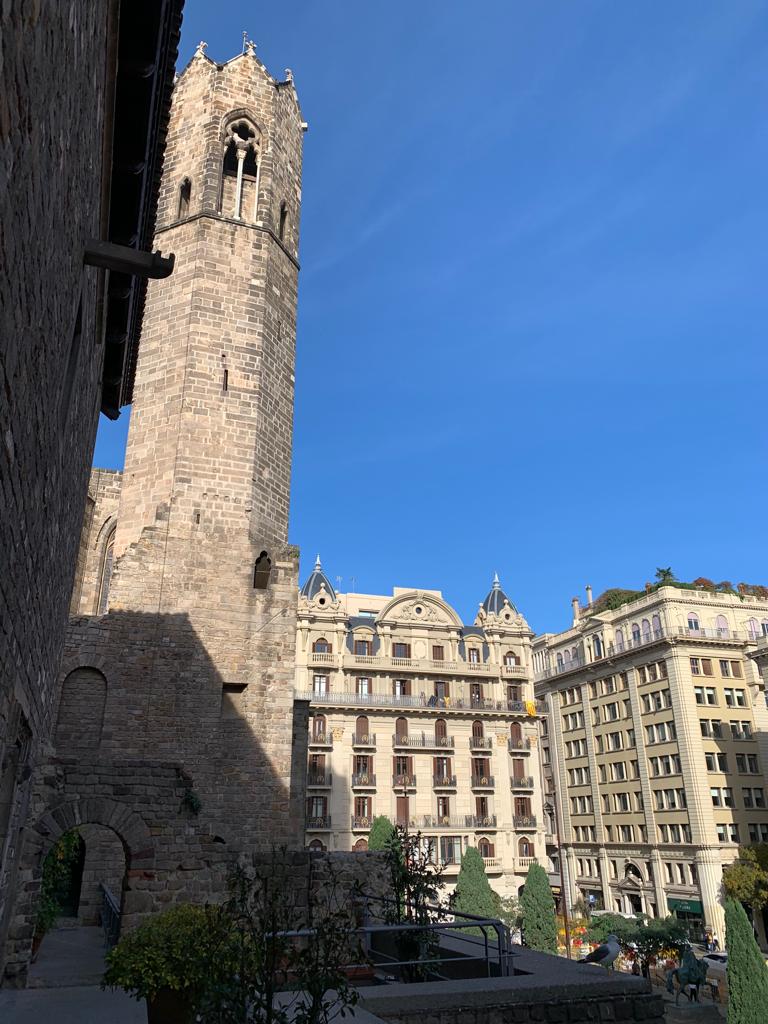
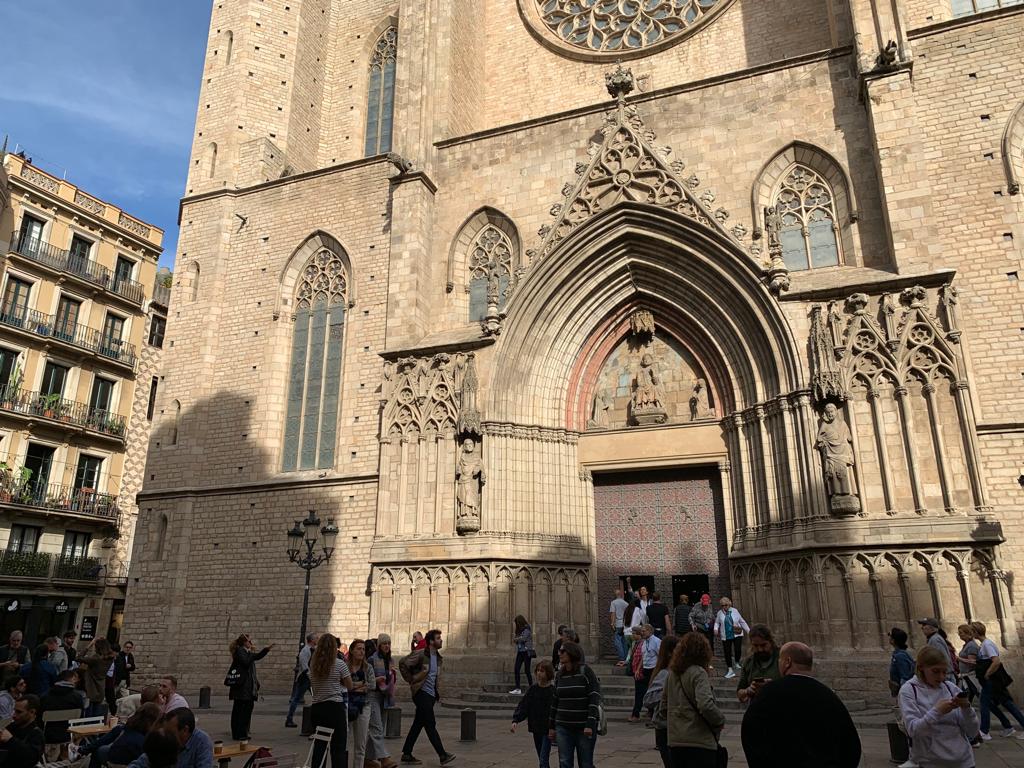
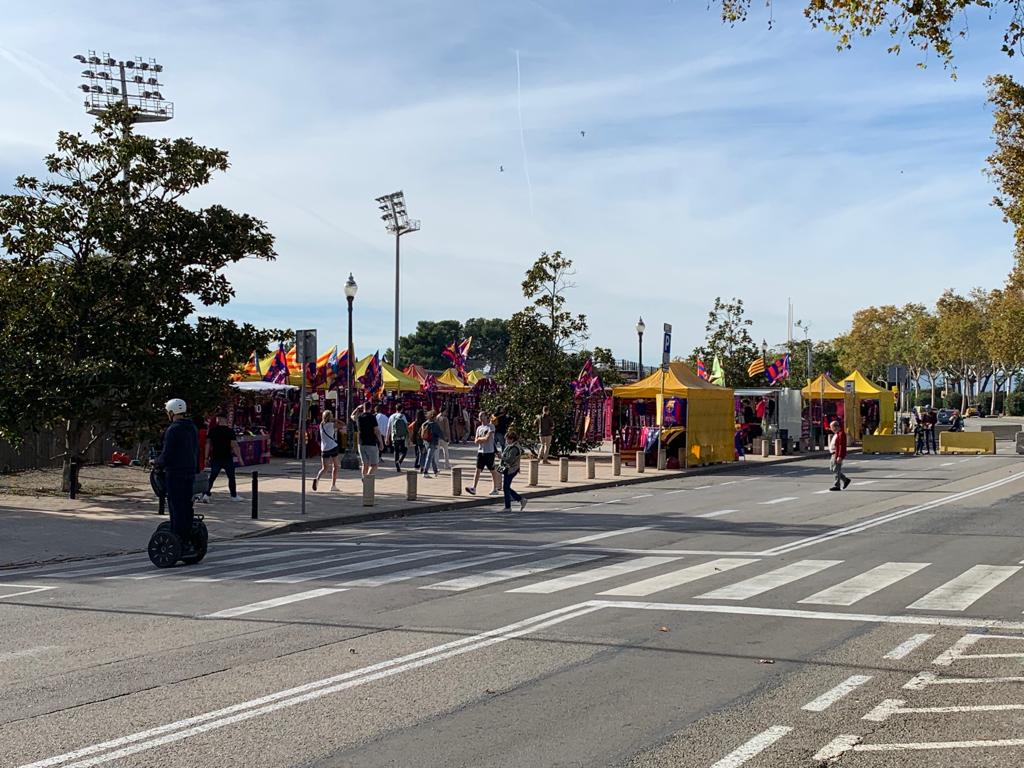
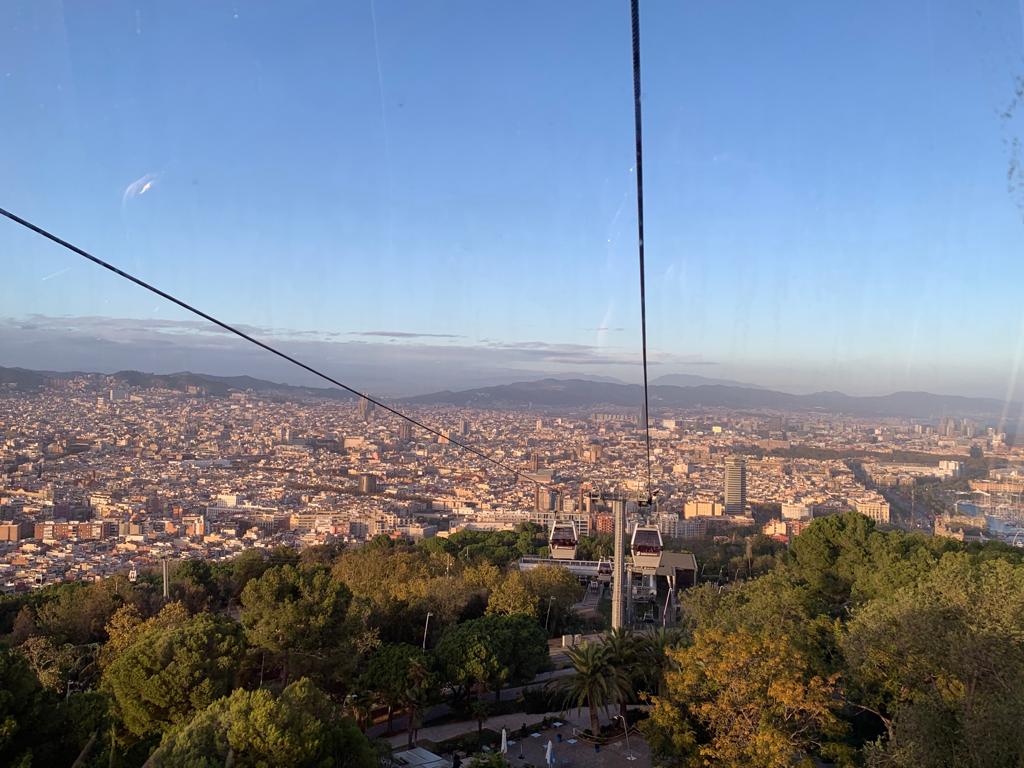
Go Forth And Explore!
So that brings us to the end of our Barcelona long weekend guide! As is almost always the case a long weekend is not enough in Barcelona and you will wish you had longer. But in a few days you can start to get a sense of the city: it’s history, cultural influences and fiercely Catalan identity. From the awe-inspiring architecture of Gaudí’s masterpieces like the Sagrada Família to the labyrinthine alleys of the Gothic Quarter, every corner tells a story that spans centuries. The magic of Barcelona lies not just in its iconic landmarks but in the seamless blend of old and new.
In the spirit of “adiós pero no adiós” (goodbye but not farewell), let us hope that this long weekend is just a first foray into Barcelona. I certainly hope to return so I can continue exploring its historic streets, fascinating museums and vibrant restaurant scene. Soak in the final rays of Mediterranean sun at Barceloneta Beach or wander through the vibrant street art of El Raval before you head to the airport. Until the next adventure, ¡hasta luego, Barcelona!

